Die Gegenkultur der Gegenkultur
Simone Gilges, Nina Rhode, Nozomi, Ngceni und Tim Voss
Ein Interview
Tim Voss: Im 2016 erschienenen Katalog Spiritu s der Honey-Suckle Company (HSC) sprecht ihr, in Anlehnung an die Bedeutung der Bachblüte in der Bachblütentherapie, von der Honey-Suckle Company als einer Heilmethode, die von Interessierten erlernt werden kann. Lasst uns gemeinsam zurückschauen: Ihr habt teilweise noch studiert, als ihr euch 1994 in der Berliner Clubkultur begegnet seid. Wie war die Atmosphäre in Berlin zur Zeit der Gründung der HSC?
Nina Rhode: Berlin war damals so spannend, dass die Universität der Künste für mich ein langweiliger Ort war. Die Stadt war leer, es gab viel Platz und wir konnten uns austoben. Wir waren ein großer kreativer Freundeskreis. Einen Laden wie die Galerie berlintokyo, oder das Verlagshaus Neue Dokumente mit Konzerten und Ausstellungen zu betreiben, war viel einfacher.
Nozomi Ngceni: Ich war in Hamburg und bin 1998 zuerst als Gast zur HSC dazugestoßen, parallel zur 1. Berlin Biennale. In Hamburg gab es die Akademie Isotrop. Einzelne Positionen haben in dieser selbstorganisierten Akademie Klassenräume repräsentiert. Es waren Freunde, mit denen ich assoziiert war. Aber mich hat mehr angesprochen, wie die HSC ein Gemeinschaftsgefühl aufgebaut hat.
Nina Rhode: Wir haben zusammen abgehangen, gefeiert und gemeinsam Kram gemacht. Und irgendwann haben wir begonnen, alle eins zu machen. Man muss sich gut kennen, man muss das Gleiche riechen. Und bei uns ist das so gewesen. Irgendwann konnten wir sagen: Das ist HSC und das ist nicht HSC.
Tim Voss: Ihr arbeitet heute als Einzelkünstlerinnen. Und Zozo, du hast jetzt nochmal ein Stu dium an der HFBK Hamburg begonnen, nachdem du lange als Stylistin in der Film- und Werbebranche gearbeitet hast.
Nozomo Ngceni: Bei mir hat eine Selbstheilung eingesetzt. Eigentlich das, was die HSC immer versprochen hat. Honeysuckle ist eine Bachblüte, welche die Perspekti ve aus der Vergangenheit in der Gegenwart für die Zukunft unterstützt. Und das hat auch etwas mit Selbstwahrnehmung und Selbstwertgefühl zu tun. Ich habe meine Familie aus Südafrika nach Deutschland geholt und eine Transition begonnen. Ich glaube, dass ich früher einfach zu eingeschüchtert war und mich auch mit der HSC nicht immer wohl gefühlt habe. Ich dachte, ich brauche einfach nicht zu studieren, was soll‘s. Ich habe gute Aufträge gehabt, ich habe kommerziell gearbeitet und ich hatte mit der HSC meine Gruppensituationen.
Nina Rhode: … eigentlich eine Familie.
Nozomi Ngceni: Ja, but a chosen family.
Tim Voss: Aber warum bist du dann 2008 ausgestiegen?
Nozomi Ngceni: Weil ich das Gefühl hatte, dass wir professionell nicht weiterkommen und dass die Ur-Idee, dass wir gemeinsam ohne Autorinnenschaft stärker sind, sich nun anders darstellte. Und es war Selbstschutz. Ich musste mich vor den anderen und auch die anderen vor mir schützen. Insofern kann ich sagen, dass ich im Sinne der HSC jetzt fähig bin, in die Zukunft zu sehen. Aber das ist ein langer therapeutischer Prozess.
Tim Voss: Nina, du unterrichtest heute an der Kunstakademie in Münster. Können sich die Studierenden mit der Geschichte der HSC verbinden?
Nina Rhode: Sie interessieren sich sehr dafür, aber es ist nicht so einfach. Wir hatten ein ganz anderes Lebensgefühl, das sich heute leider keiner mehr leisten kann. Trotzdem wünsche ich jedem so eine Zeit.
Nozomi Ngceni: Es gab keine drei Jobs gleichzeitig und keine sozialen Medien. Zwar haben alle schon ein bisschen ihr eigenes Ding gemacht, aber die Zeit, die wir gemeinsam verbracht haben, war so intensiv, dass alle persönlichen Interessen in die HSC eingeflossen sind.
Tim Voss: Die HSC kommt aus dem, was ihr Underground nennt. Beschleunigt durch die Pandemie scheint die Subkultur heute immer mehr zu verschwinden, oder?
Nina Rhode: Subkultur braucht Raum. Und wenn du Raum nur noch für 1.500 Euro bekommst, den kleinsten scheiß Raum, wie willst du dann noch Subkultur machen?
Simone Gilges: Und ich finde es auch problematisch, dass auf Instagram alles gleichgemacht wird. Die Ereignisse stehen dort alle nebeneinander, Institution und Underground.
Nina Rhode: Underground meint, autonom zu sein, die Sachen selbst in die Hand zu nehmen, nicht angewiesen zu sein auf Förderungen oder irgendwas Kommerzielles. Nicht warten, bis jemand sagt, du darfst was machen, sondern selber machen. Und zwar jetzt, weil man Bock darauf hat!
Simone Gilges: Selbstorganisation und nicht: »ohne Budget geht nichts«.
Nozomi Ngceni: Es geht darum, Eigeninitiative zu zeigen, ohne permanente Selbstkontrolle durch Social Media. Wir waren recht Anti. Definitiv Gegenkultur. Aber auch innerhalb der Gegenkultur waren wir Gegenkultur.
Simone Gilges: Wir wollten nicht trendy sein, das fanden wir eigentlich das Schlimmste.
Tim Voss: Wie funktionierte in euren Anfängen die Distribution des Materials?
Nina Rhode: Auch wenn jeder seine Spezialisierung innerhalb der Gruppe hatte, so haben wir uns alle gleichermaßen in alles eingemischt, bis es HSC war.
Simone Gilges: Alles um uns war noch überwiegend analog. In den Anfängen von HSC war es total ungewöhnlich, dass jemand einen Computer hatte. So konnten wir ziemlich viele Sachen machen: Digitalmontagen oder das freier – Magazin für Befindlichkeit.
Tim Voss: Diese Zeit zu Anfang der 2000er Jahre war von digitalen Versprechungen gezeichnet. Neben der elektronischen Musik gab es so etwas wie die Vorstellung, man könnte sich im virtuellen Raum als Identität weiterentwickeln. Statt dessen habt ihr aber dann Referenzen der Lebensreformbewegungen aus den Anfängen des 20. Jahrhunderts zitiert.
Nina Rhode: Ja, aber Jahre vorher hatten wir Kim Suckle digital schon im Elfenkostüm auf eine Seerose gesetzt.
Simone Gilges: Wir haben das Digitale schon in den 1990er Jahren mit der Raumfah ´Punk Kollektion und anderen Aktionen ausgelebt, uns Klamotten »getaped« und Platinen umgehängt. Als dann die digitale Welle losging, interessierte uns das nicht mehr so. Wir waren eher dagegen oder eben schon einen Schritt weiter.
Nina Rhode: Wir waren uns selbst genug und was uns inspirierte, haben wir in unsere Welt überführt. Wie wir und ob wir wahrgenommen wurden, war uns ziemlich egal.
Simone Gilges: Wir haben uns überhaupt nicht bemüht, keine Mappen gemacht oder irgendwo Klinken geputzt. Das hat sich immer so ergeben.
Nina Rhode: Und das Geld, das wir bekommen haben, floss in die Ausstellungen oder wir haben einfach ein paar Leute mehr mit nach New York genommen.
Tim Voss: Unsere Kultur ist gerade sehr von identitätspolitischen Fragen bestimmt, wie zum Beispiel mehr Sensibilität für Grenzüberschreitungen, Fragen der kulturellen Aneignung oder Transformation der Geschlechter. Welche Rolle haben diese Belange in eurem Miteinander gespielt?
Nozomi Ngceni: Dass wir eigentlich eine queere oder eine queer-feministische Gruppierung waren, wurde unter uns nicht verhandelt. HSC war immer irgendwo zwischen den Geschlechtern. Aber wir haben es nicht ausgesprochen. Wir haben eher eine Abstraktion gesucht. Vielleicht auch, um nicht darüber reden zu müssen.
Simone Gilges: Es ging bei diesen Rollenspielen eher um das Aufl ösen des Egos. Nicht darum, sich selbst zu finden und zu positionieren.
Nozomi Ngceni: Ohn End war der Titel der Ausstellung in der Londoner Cubitt Gallery. Was einerseits ohne Ende heißt. Je länger, je lieber. Aber in Denglisch gesprochen auch »own end«, also das eigene Ende.
Tim Voss: Wie steht es dabei aus heutiger Sicht um kulturelle Aneignung?
Nozomi Ngceni: Auch das war kein Thema, weil wir alles unter »Sampling« gefasst haben, aus der musikalischen Praxis. Aber im ICA London hat uns zum Beispiel der Vorwurf des Blackfacing eingeholt und die Bilder konnten nicht gezeigt werden. Dabei ging es um etwas, was sich auf eine frühere Malewitsch-Arbeit bezogen hat, bei der eine Person mit dem Hintergrund verschmilzt. Dafür musste eine Gesichtshälfte schwarz angemalt werden und das hat auch auf dem Foto perfekt funktioniert.
Simone Gilges: Wir haben ja auch Varianten der Oskar Schlemmer-Tänze ausprobiert und hatten schwarze, blaue, grüne und rote Gesichter.
Nina Rhode: Der Druck, eine eigene Identität für sich zu finden, ist heute ungleich größer. Mein Wunsch an die jungen Generationen: Bitte nehmt euch Zeit, alles für euch herauszufinden! Geratet nicht in so eine Hysterie von irgendwelchen Grenzen und Tabus. Das Leben ist lang und man muss sich gar nicht entscheiden. Jeder hat seine eigenen Geschwindigkeiten und Lebensphasen.
Tim Voss: Was macht eine Gruppe eigentlich so attraktiv?
Nina Rhode: Dass es über das eigene kleine Vermögen hinausgeht. Ich fand es spannend, dass mehrere Köpfe, mehrere Augen, mehrere Hände einfach auch sehr viel mehr sehen und schaffen.
Nozomi Ngceni: Du kannst kleine Ideen in etwas Großes verwandeln.
Tim Voss: Aber ihr sprecht von der HSC als Gruppe und scheint den Begriff Kollektiv eher zu meiden?
Nina Rhode: Bedeutet ein Kollektiv zu sein, nicht untereinander organisiert zu sein und einen Plan zu haben? HSC war eine Gruppe, die wir eigentlich eine war der Plan. Wir haben an unserer Welt und nicht an einer Idee gearbeitet. Vieles ist spontan entstanden.
Simone Gilges: Ja, einfach anfangen! Wir waren total idealistisch. Unsere Idee war es anfangs, eine Jugendbewegung zu gründen. Das war PC Kisurs Vision. Er ist auch der Namensgeber und Gründer der Gruppe und aktuell mit HSC als eiziger akti v.
Tim Voss: Wie hat sich entschieden, wer HSC war und wer ein Gast?
Simone Gilges: Wir waren anfangs ein wilder Haufen. Wer dabei war, war dabei. Bis sich eine Essenz kristallisierte. Irgendwann waren wir eine Kerngruppe von fünf, sechs Leuten.
Nozomi Ngceni: Es wurde schon ein Unterschied gemacht. Der harte Kern hat sich 1999 nach der Ausstellung Children of Berlin im MoMA PS1 in New York gebildet. Als klar war, dass es jetzt eine Künstlergruppe ist, die im Kunstbetrieb auch bestehen will. Plus Konrad Sprenger. Er war ganz wichtig, weil wir ohne ihn die ganze musikalische Seite so nicht hätten verwirklichen können. Er hat von Anfang an gesagt, dass er nicht von der Gruppe geschluckt werden will. Und das war auch clever.
Tim Voss: Denn mit der Zeit entstanden zunehmend Konflikte. Wie seid ihr damit umgegangen?
Simone Gilges: Wir haben uns nie an einen Tisch gesetzt und irgendwas ausgesprochen, sondern es gab immer mal Ärger. Und dann haben wir uns getroffen und hatten ein bisschen Small Talk. Dann haben wir viel gelacht und das Treff en war vorbei.
Tim Voss: Hat das etwas mit der Verschiebung aus der Selbstorganisation instiutionelle Feld zu tun gehabt?
Nina Rhode: Vielleicht hat es damit zu tun gehabt, dass wir nicht gleichzeitig im gleichen Tempo bereit waren, professionell aufzutreten.
Simone Gilges: HSC hatte immer ihr eigenes Tempo und für mich war das zu langsam. Ich war irgendwie schneller und habe deswegen das Magazin gestartet. Das habe ich einfach hauptverantwortlich gemacht, so haben sich dann meine eigenen Arbeiten entwickelt. Dadurch kam dann die Anfrage, eine Einzelausstellung zu machen. Ich habe bereits vor und während der Zeit bei HSC fotografiert und produziert.
Tim Voss: HSC ist für mich und viele andere eine wichtige Referenz. Es ist erstaunlich, dass es, gemessen daran, wie groß euer Einfluss indirekt war, in Berlin selbst nie eine umfassende Präsentation eurer Arbeit gab. Stefan Kalmar hat euch 2019 im ICA London retrospektiv gezeigt. Habt ihr selbst den Eindruck, die Arbeit wurde nun historisiert oder ist da noch Leben drin?
Nina Rhode: Das Verrückte war ja, dass es bei uns diesen roten Faden gab. Also vom performativen Auftreten, Mitte der 1990er Jahre mit selbstgewählten Charakteren zu der sich selbstspielenden Installation Neuband. Bei dieser Installation haben wir unser performatives Auftreten durch Objekte ersetzt – danach ging es immer mehr vom Materiellen zum Feinstofflichen, bis dann 2008 mit Materia Prima die komplette Auflösung – das Nichts – ausgestellt wurde.
Nozomi Ngceni: Mit der Riesen-Vulva. Ja, mega schön.
Simone Gilges: Und danach war es dann tatsächlich schwierig weiterzumachen.
Nina Rhode: Wir haben scherzhaft gesagt: Jetzt kann es nur noch eine Wiedergeburt geben.
Simone Gilges: Die Einladung nach London war als eine Retrospektive gedacht, aber sie hat wieder aktiviert. Ein Teil von HSC war für eine reine Retrospektive. Und ein anderer Teil hat gesagt: Nee, lass uns auch was Neues machen, weil wir ja noch nicht tot sind. Dieser Konflikt war auch in der Ausstellung und für alle zu spüren.
Tim Voss: Was könnte die Zukunft der HSC sein?
Nozomi Ngceni: Die neue HSC ist ein Flagshipstore in der Fifth Avenue und die alte HSC ist im MoMA.

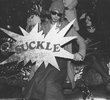

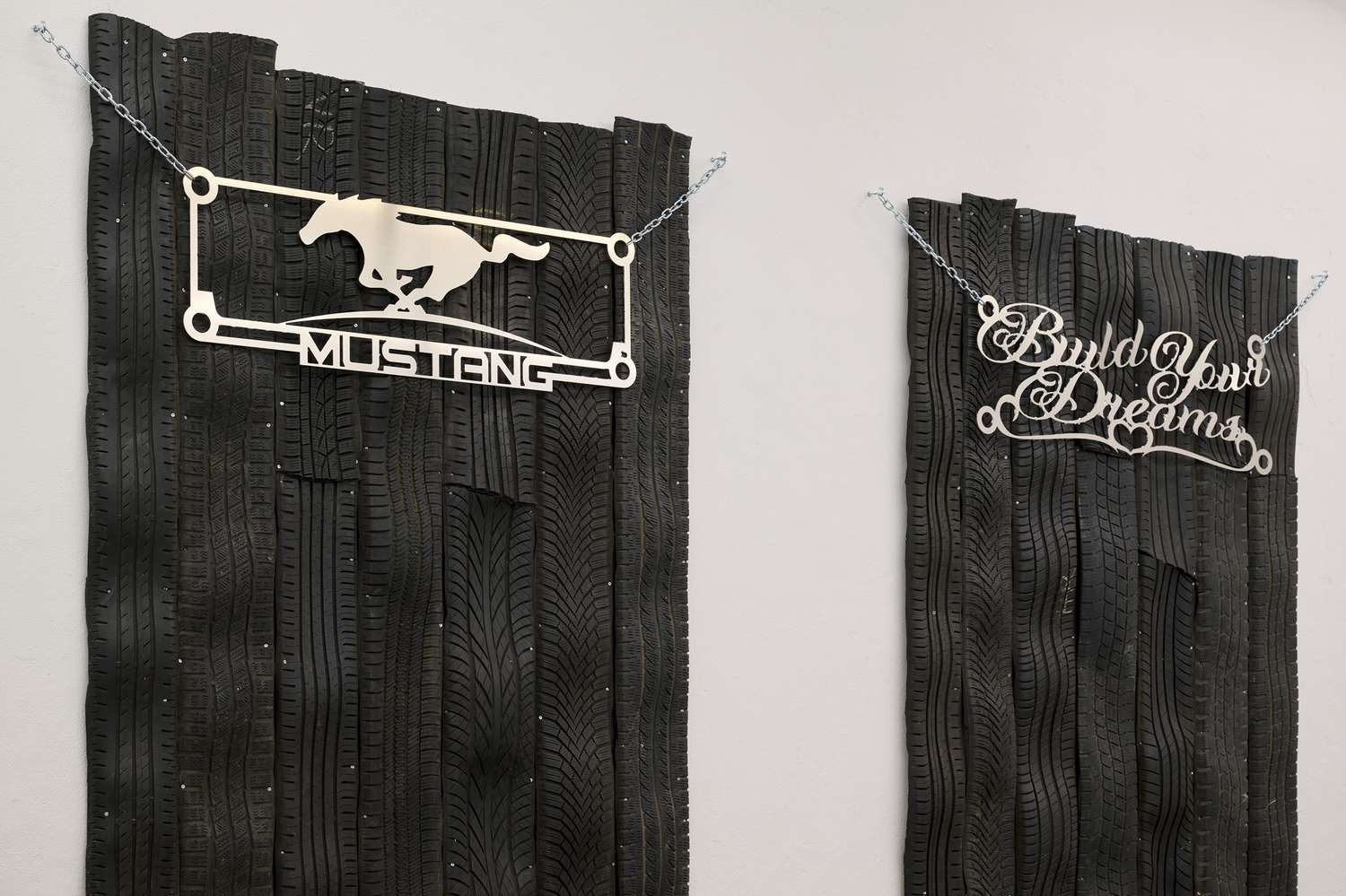
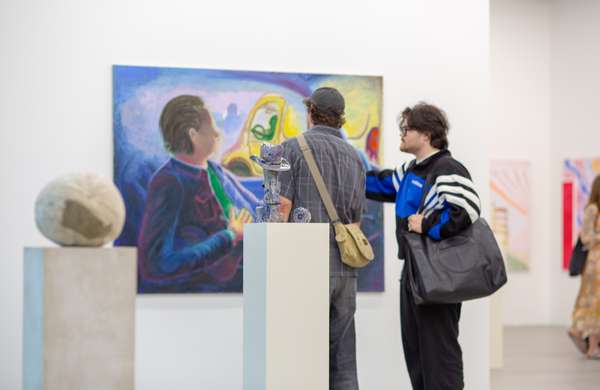


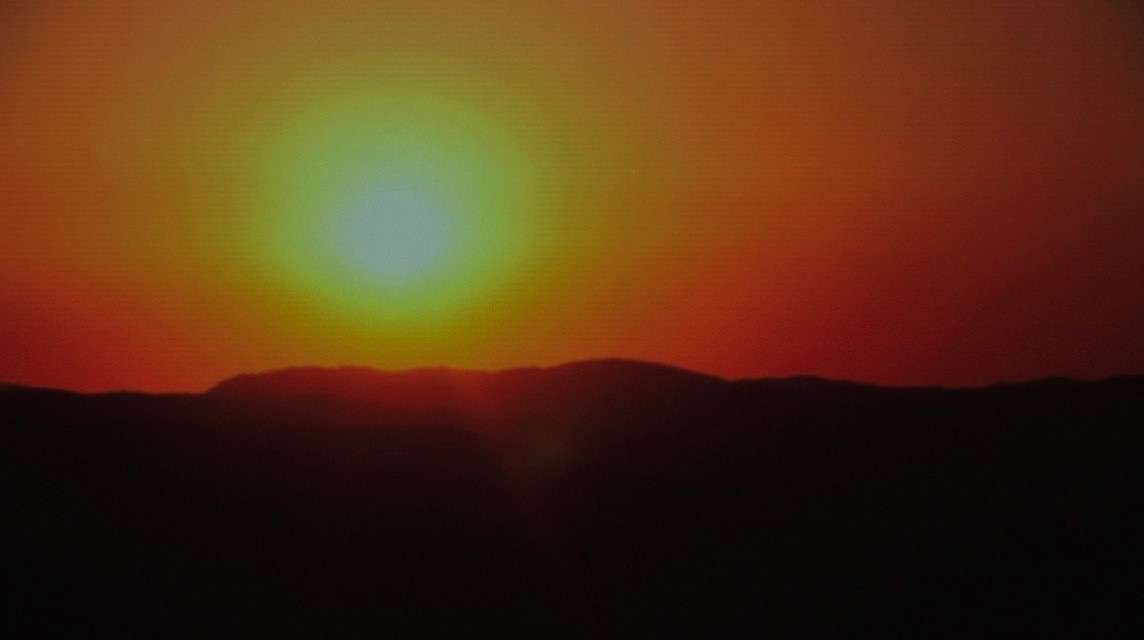

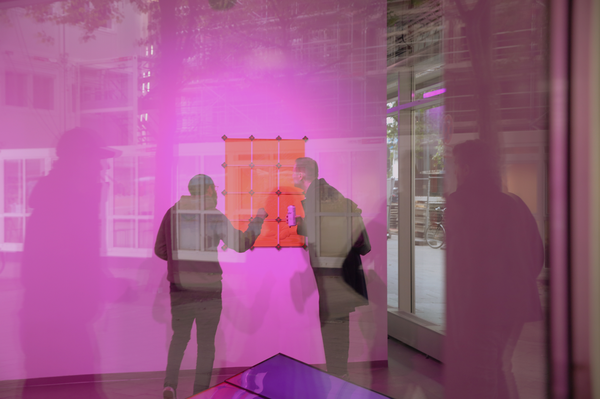


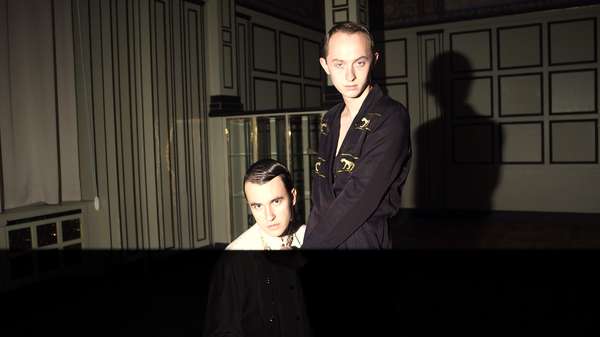
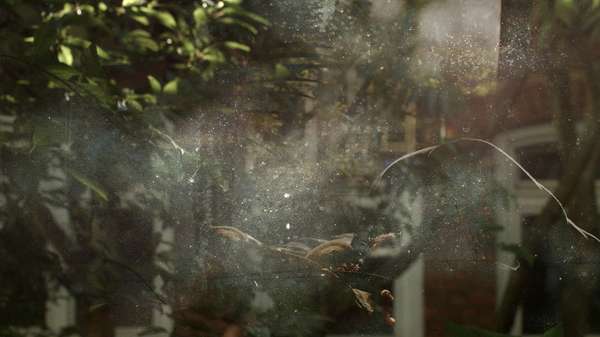
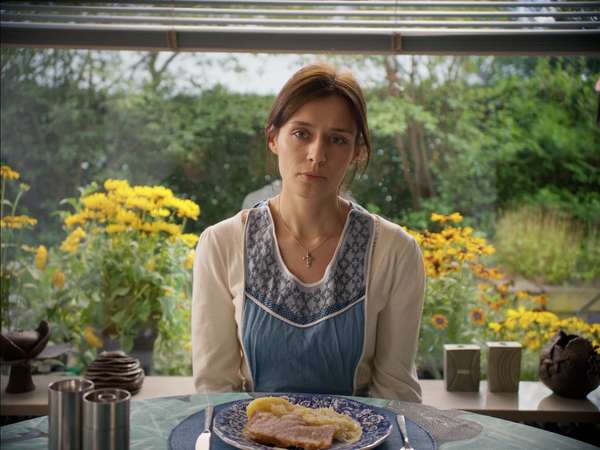
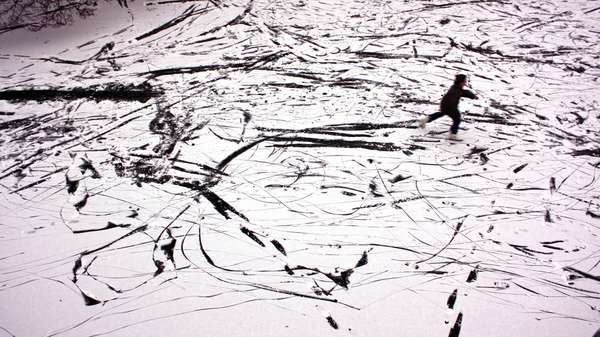
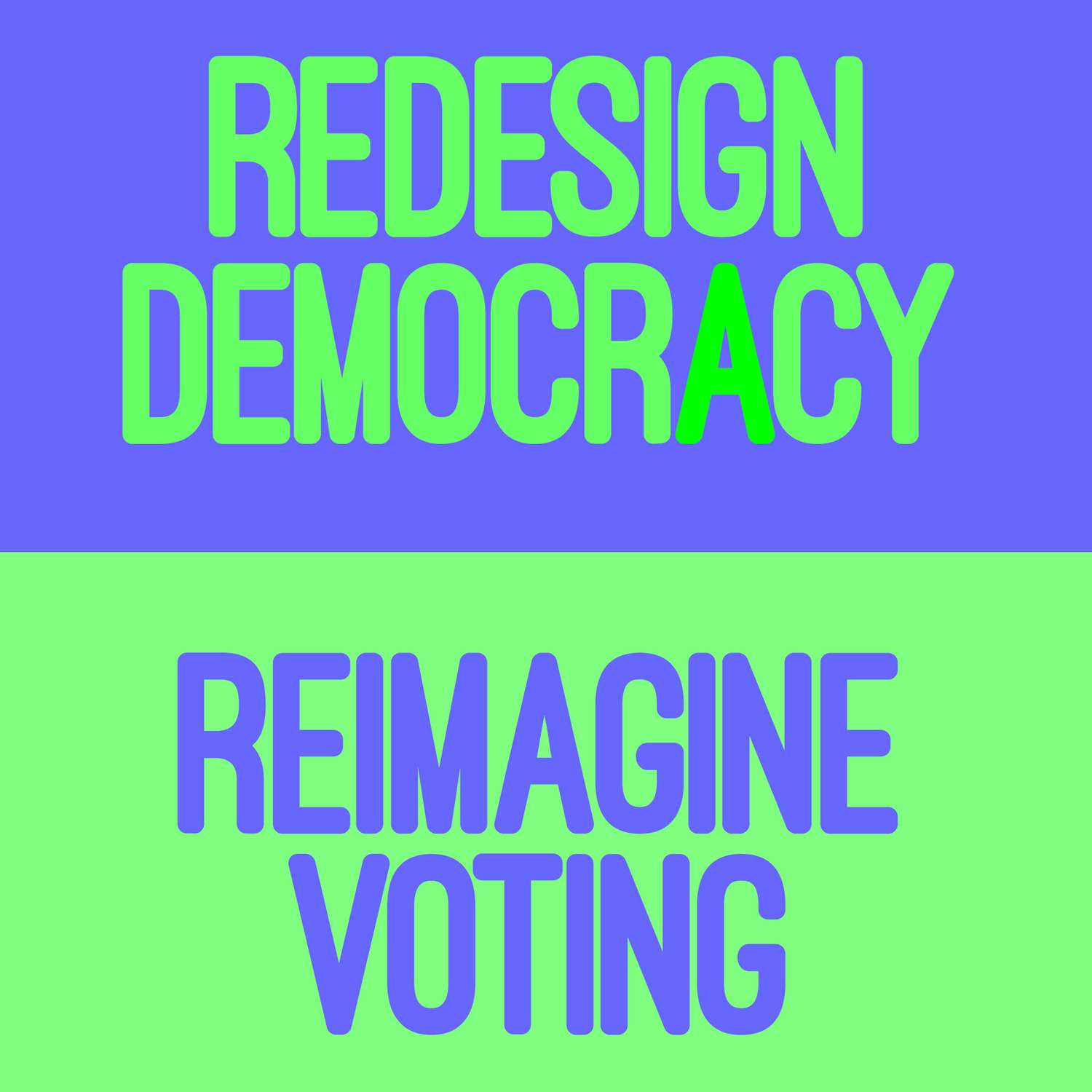

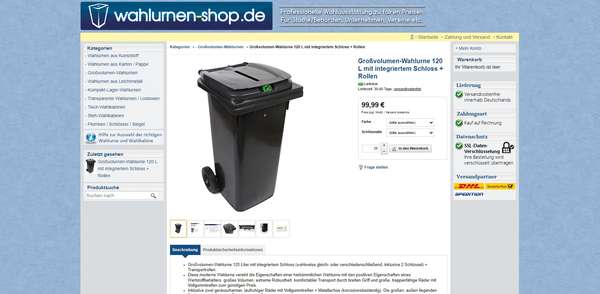



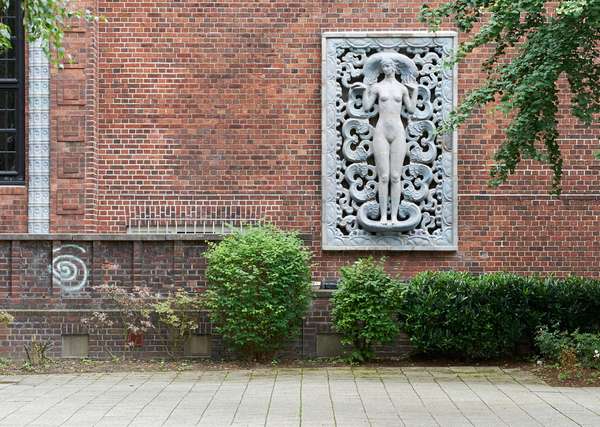
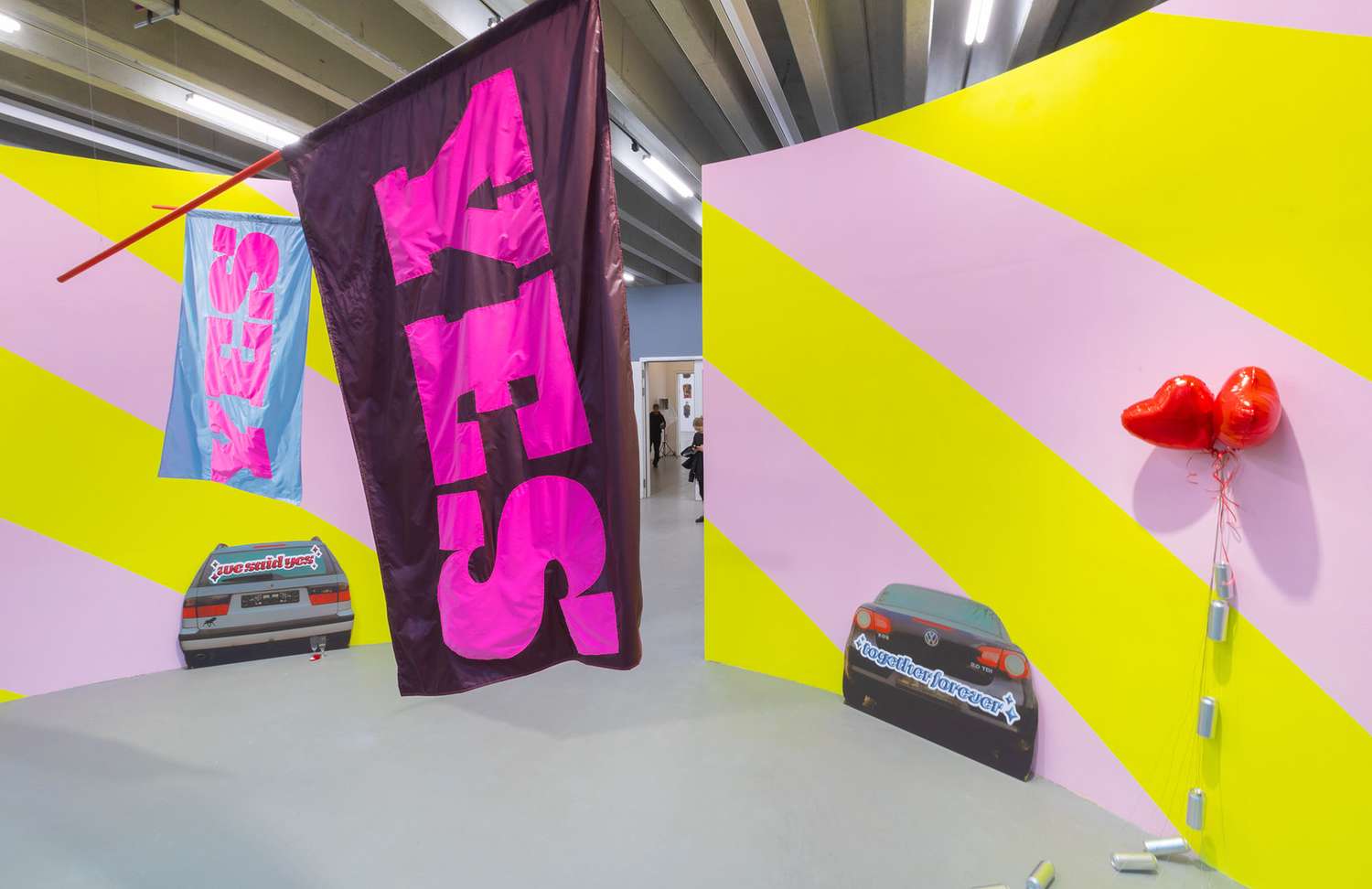
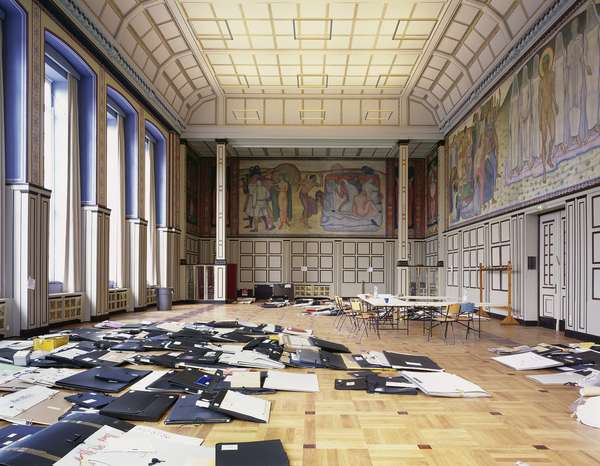
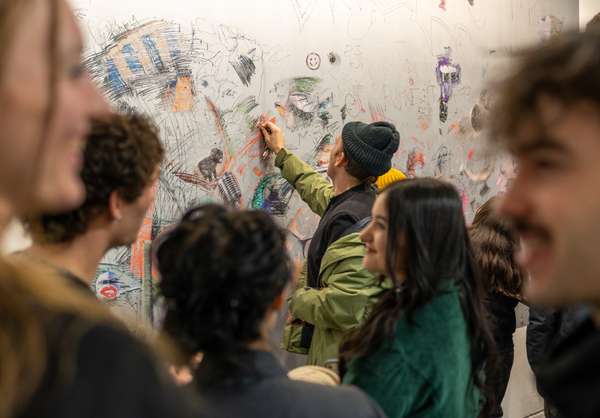
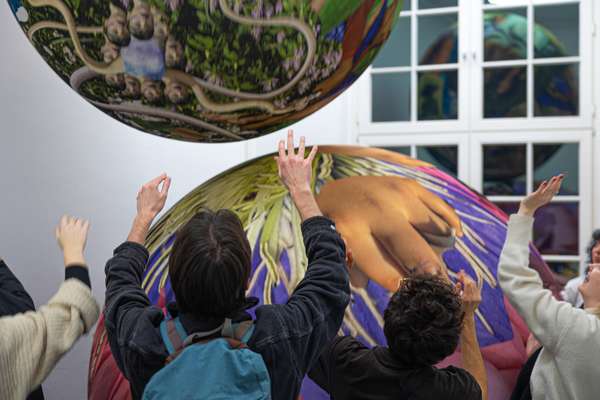
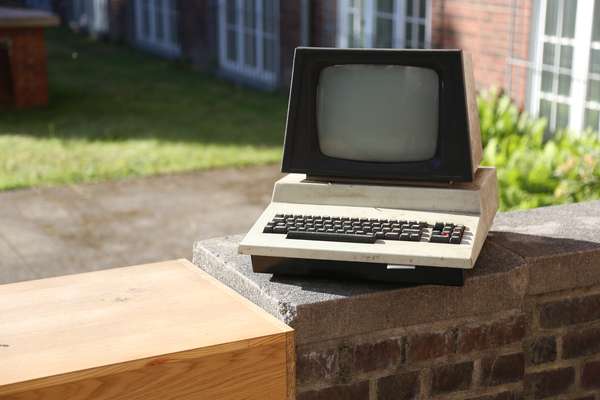


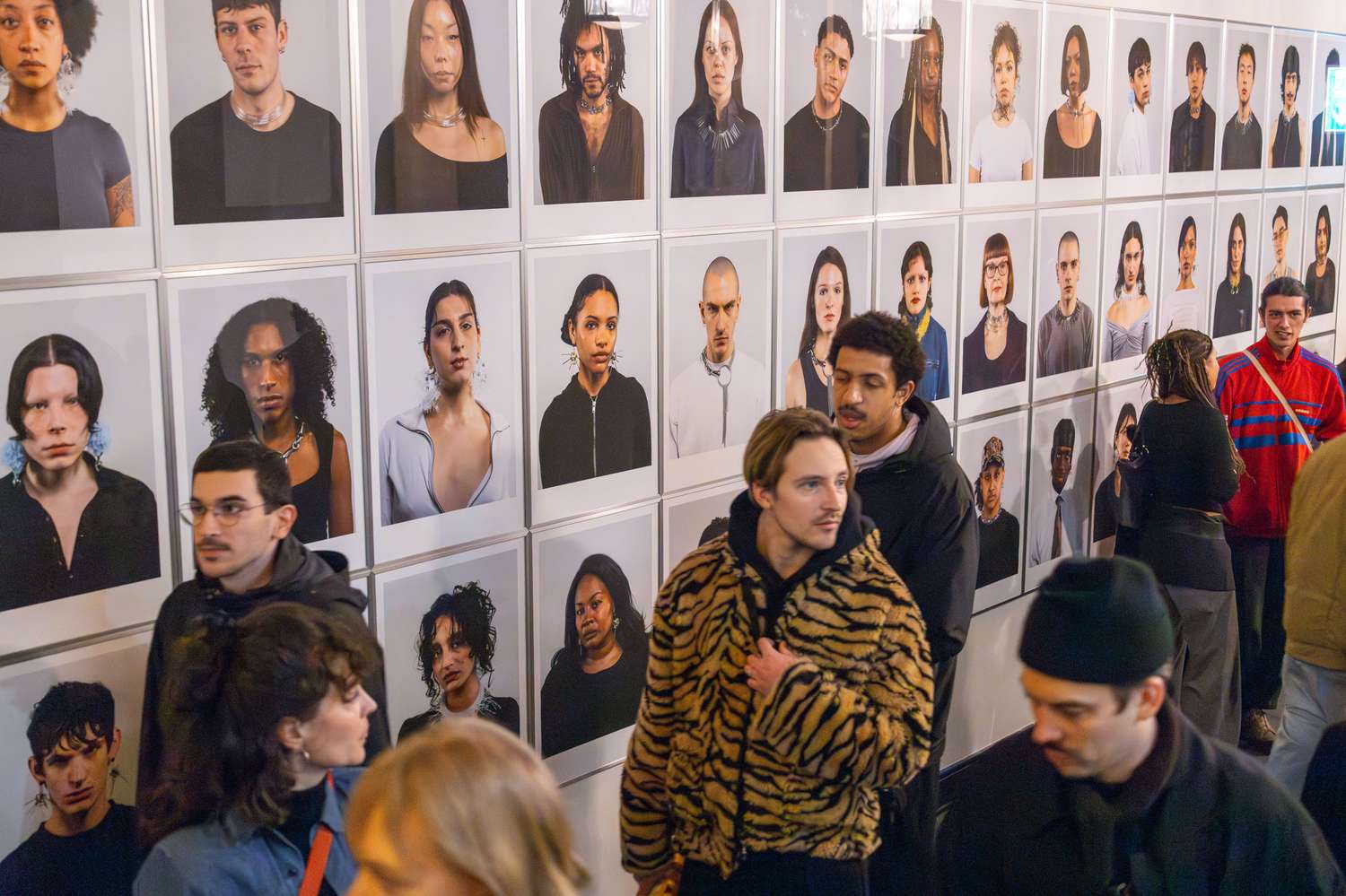
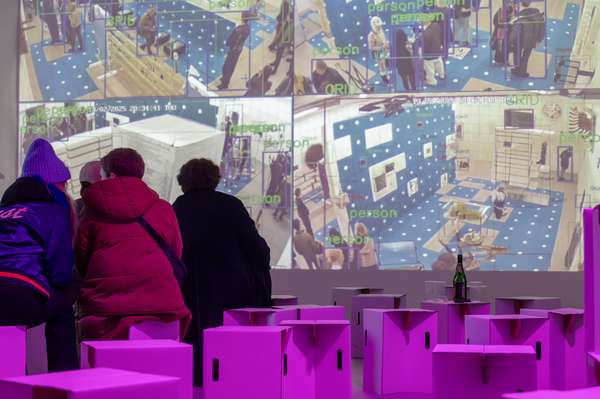

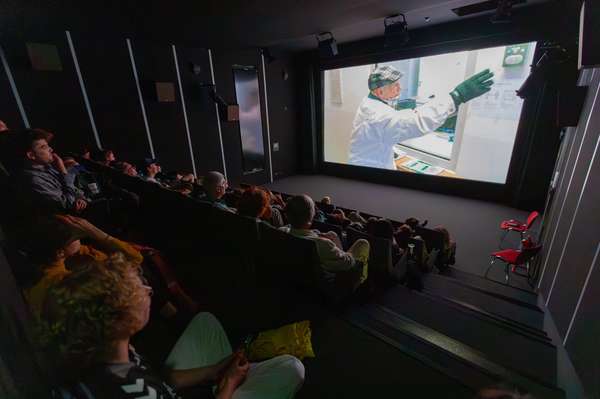
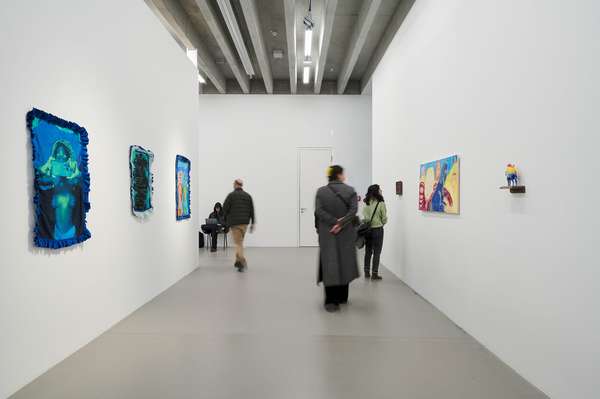
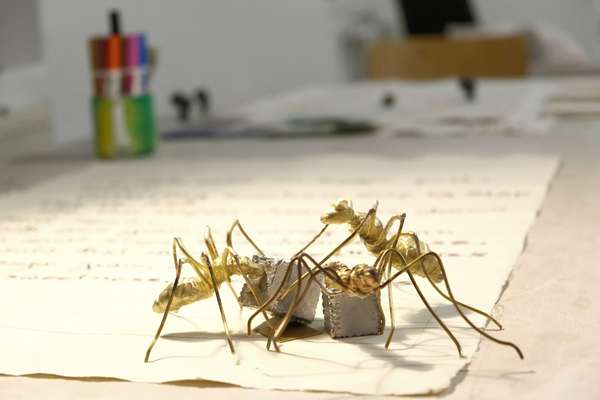
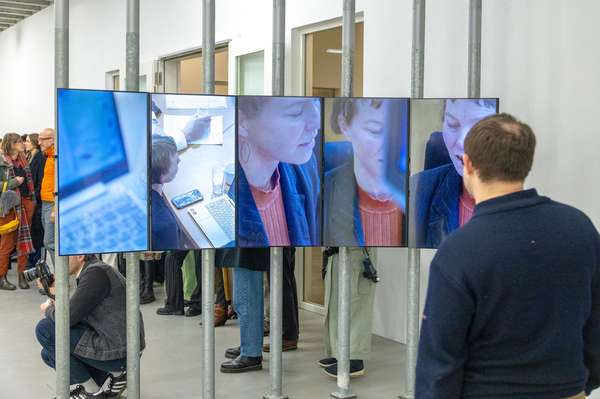
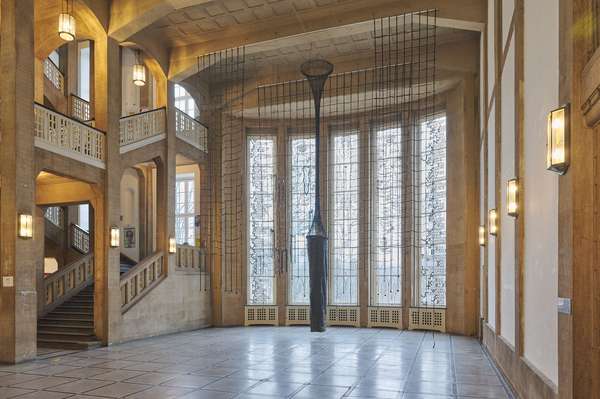
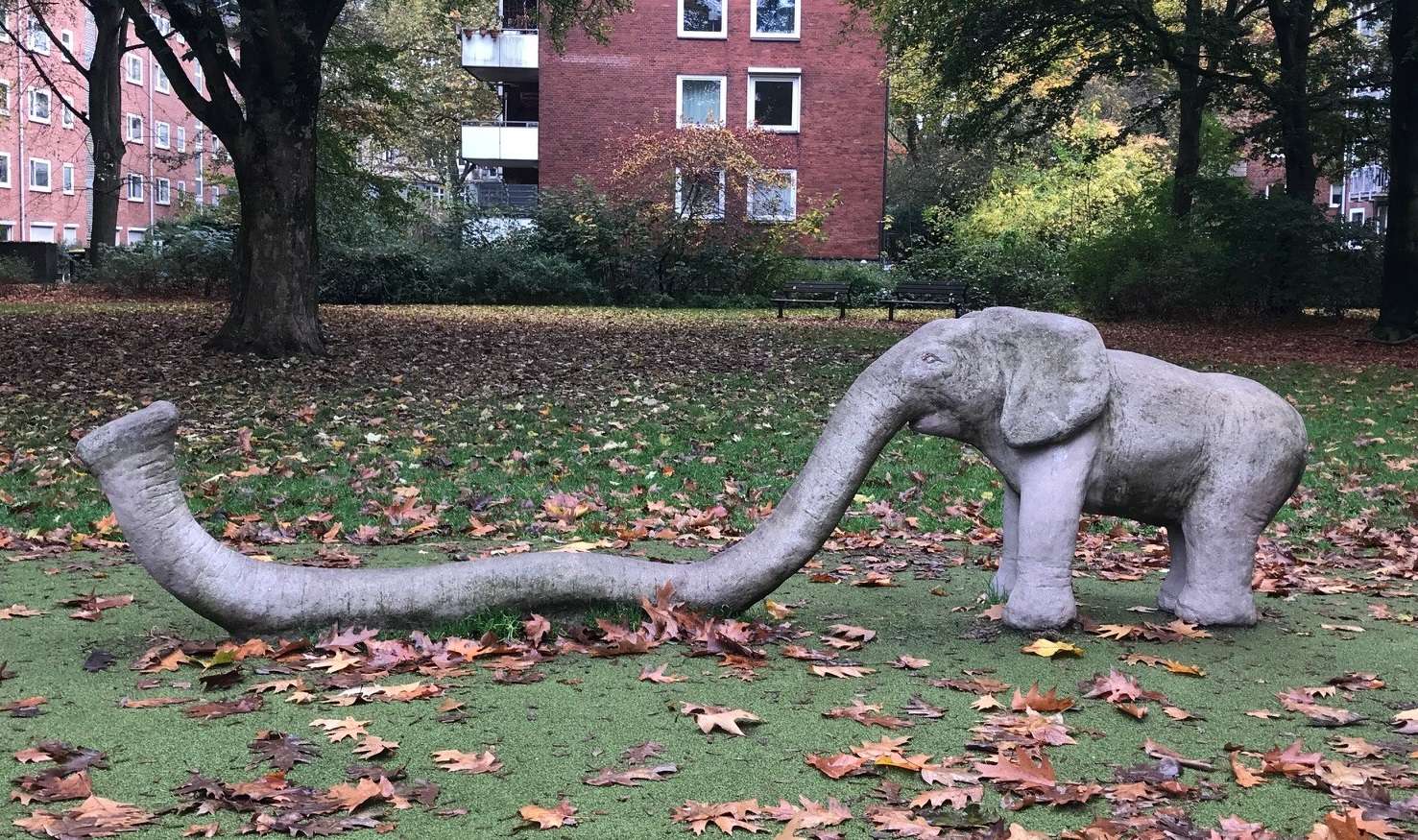
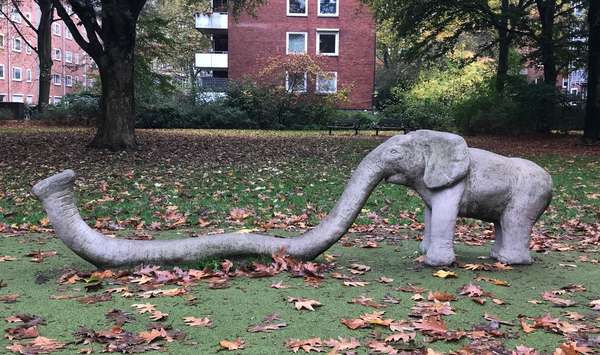
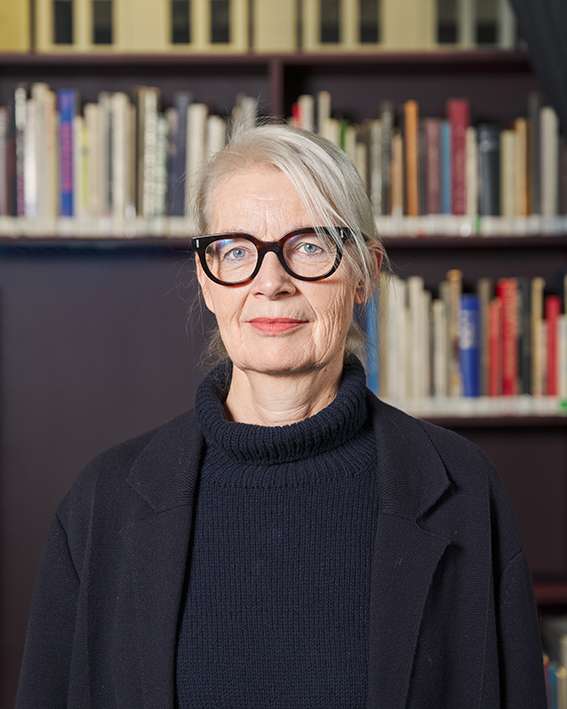
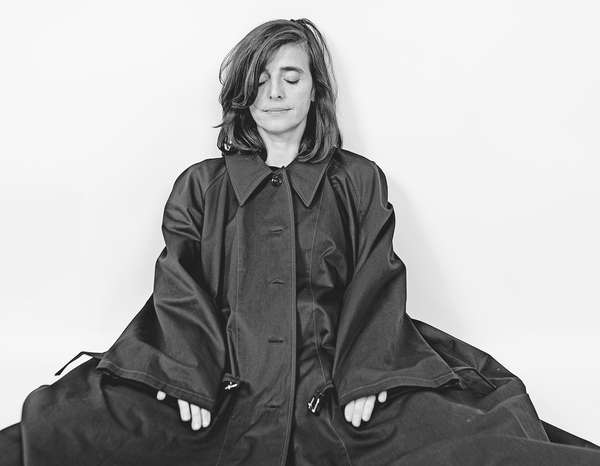
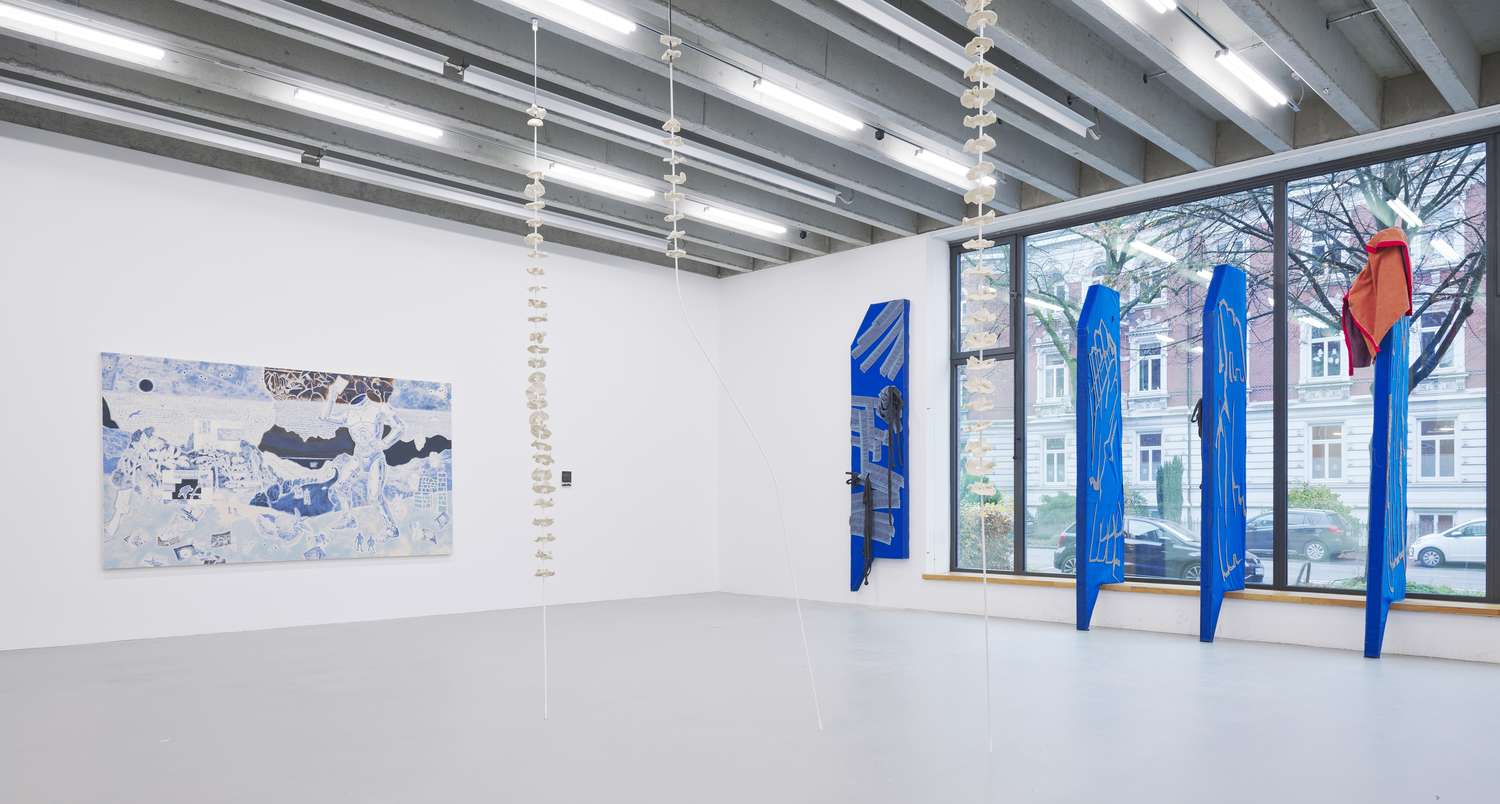
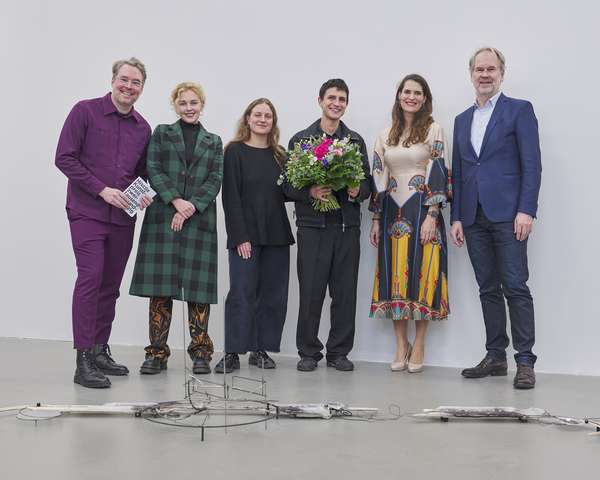
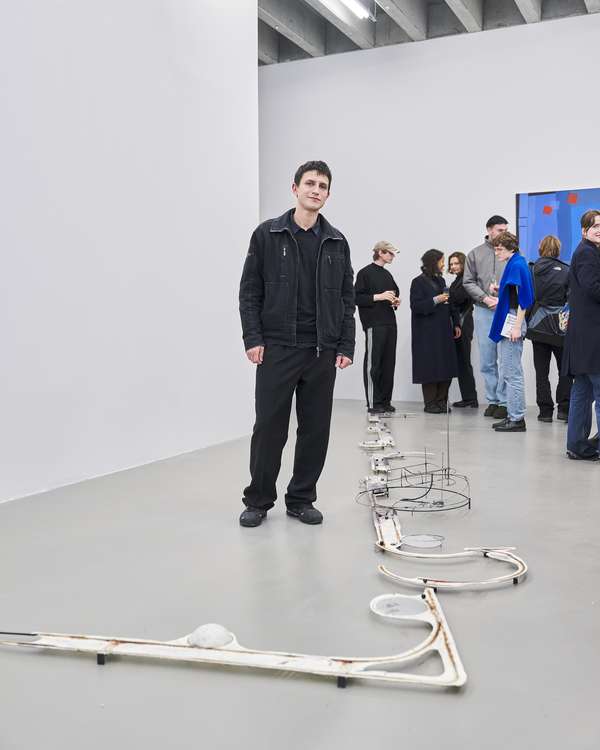
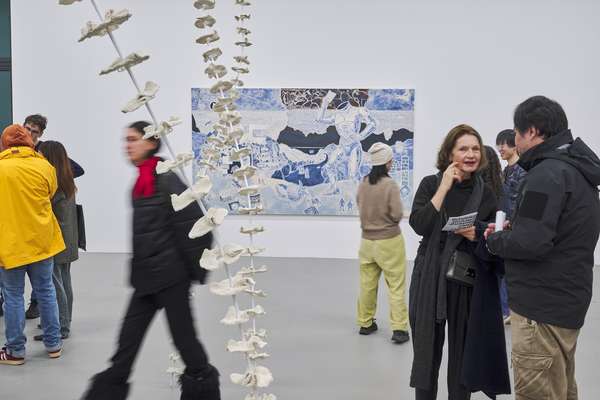
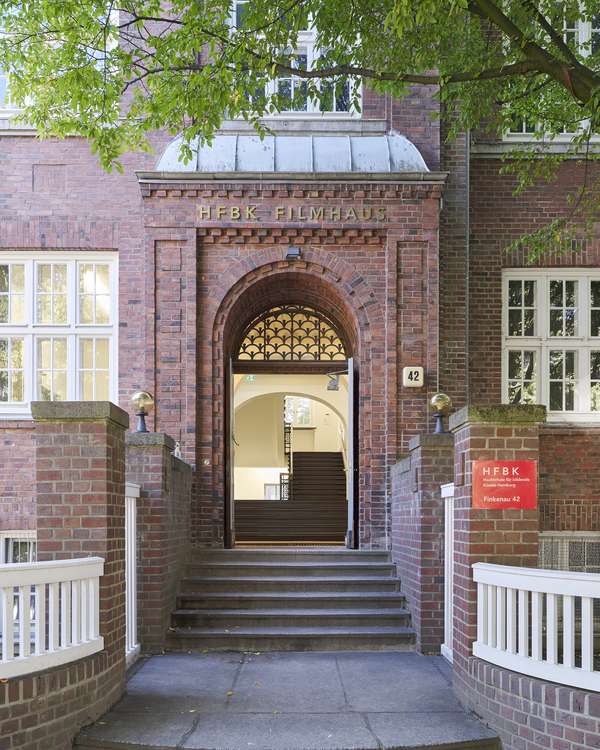
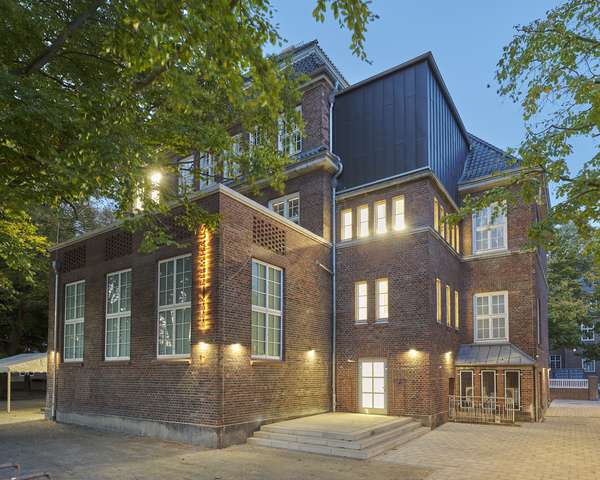
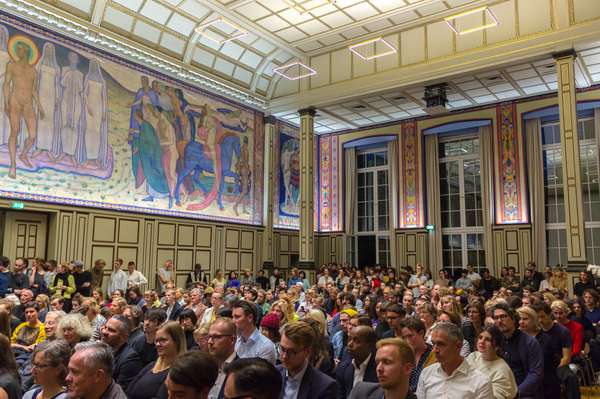
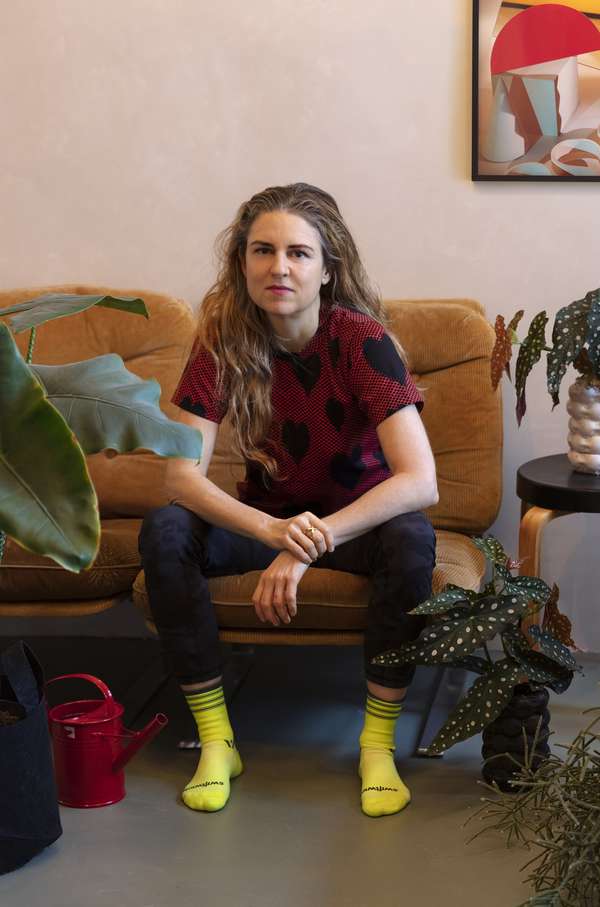
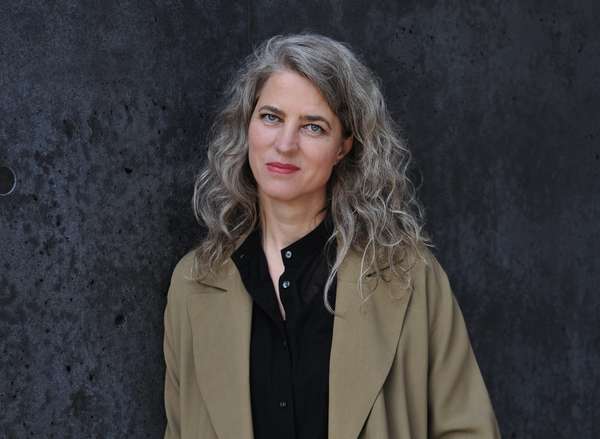
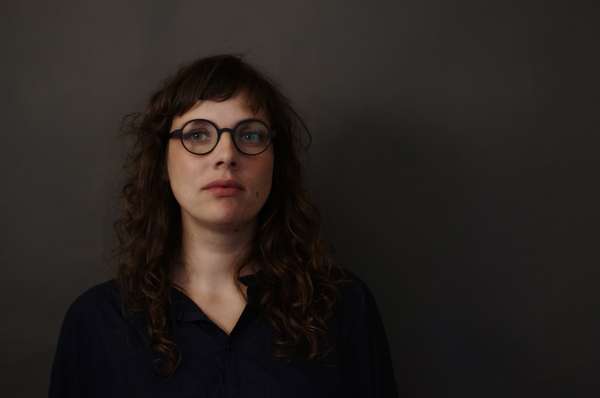
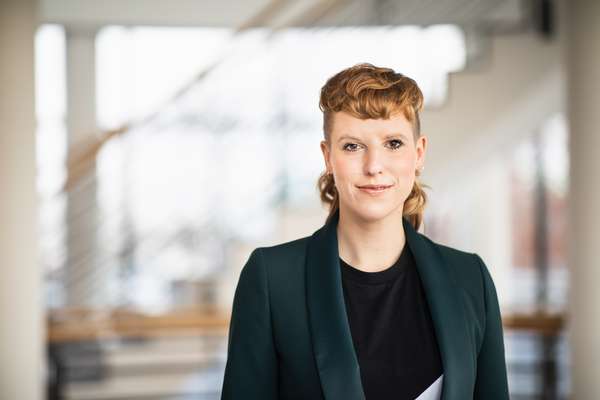
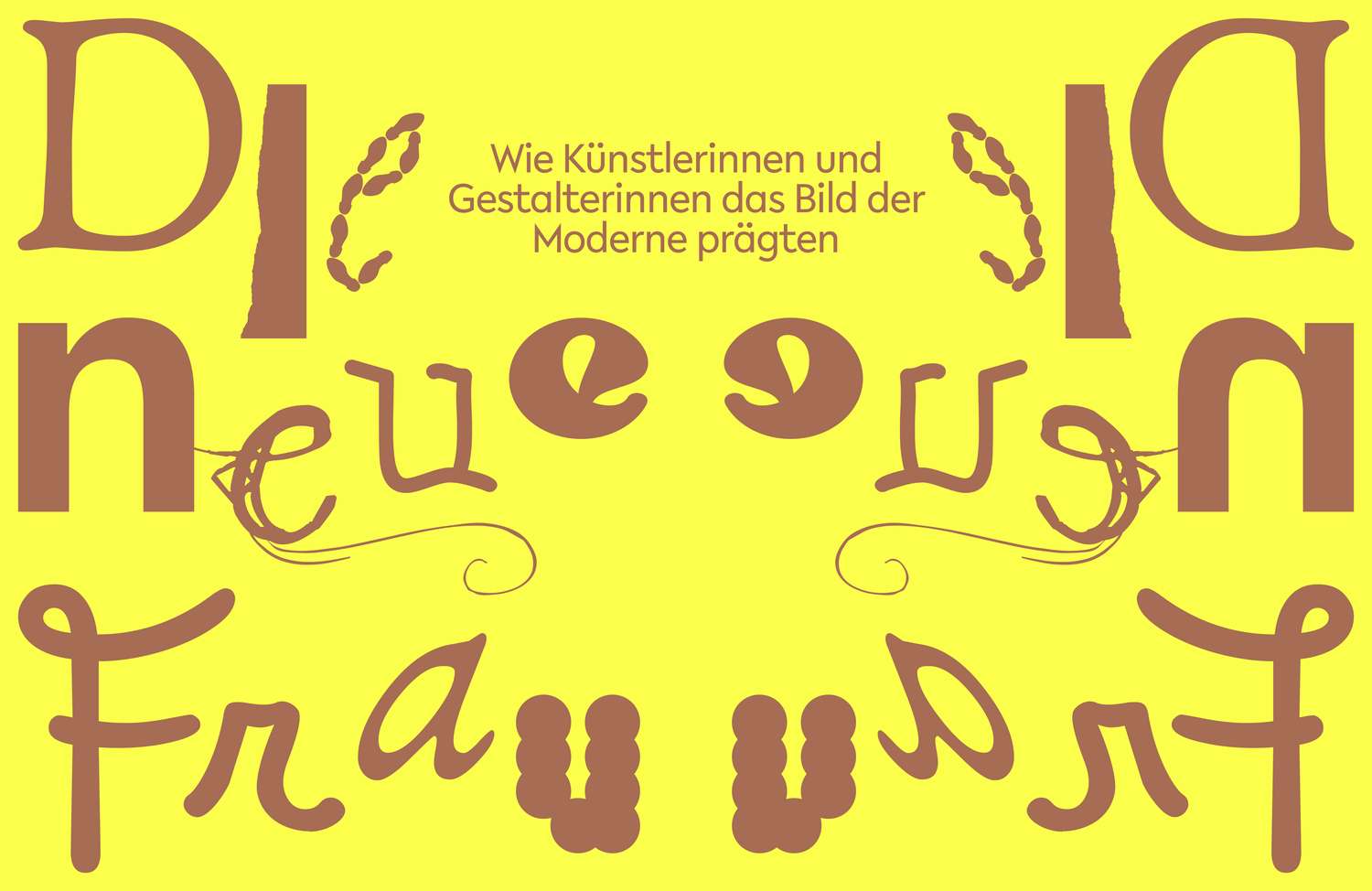
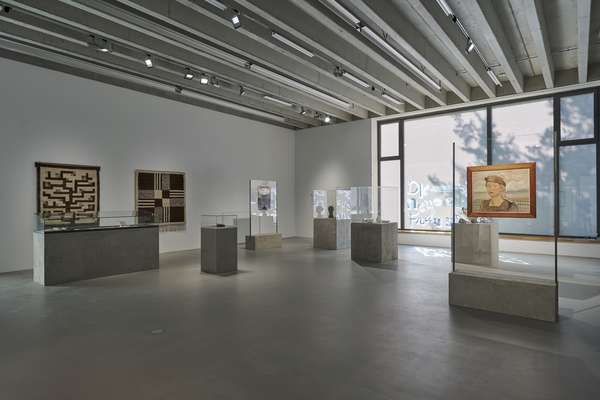
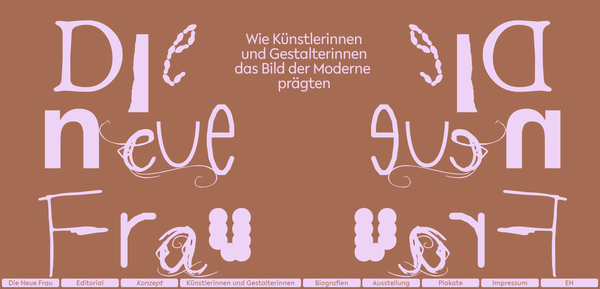
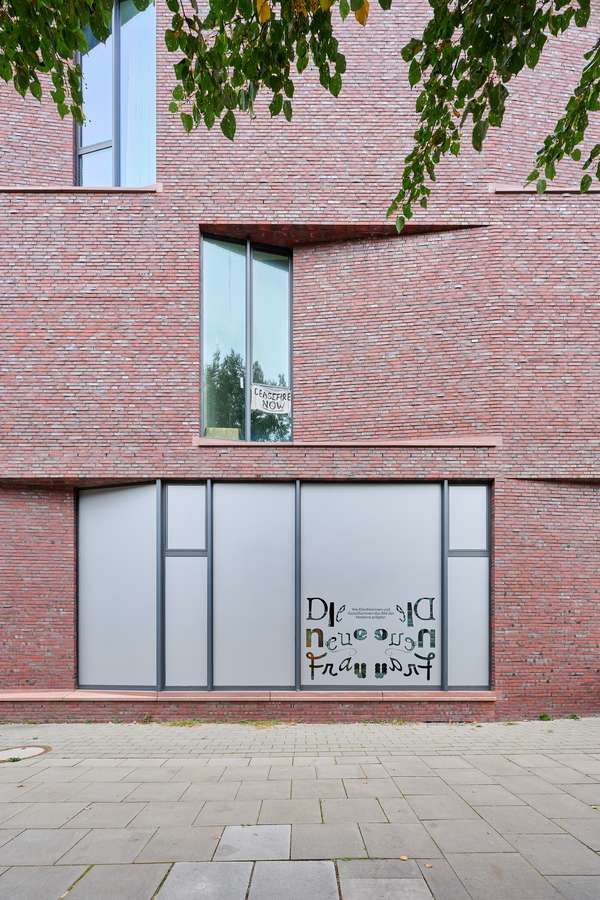
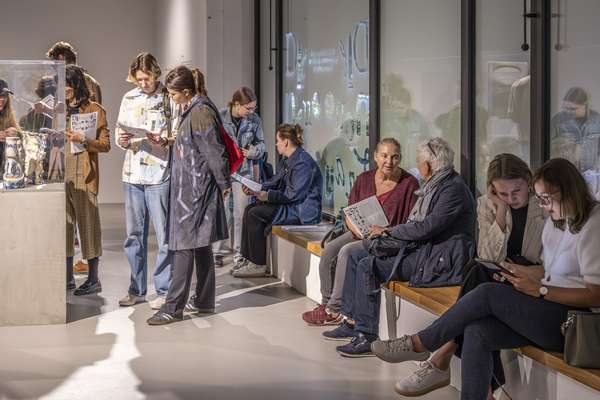

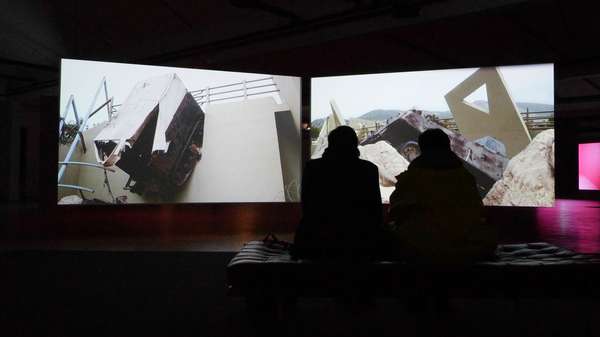
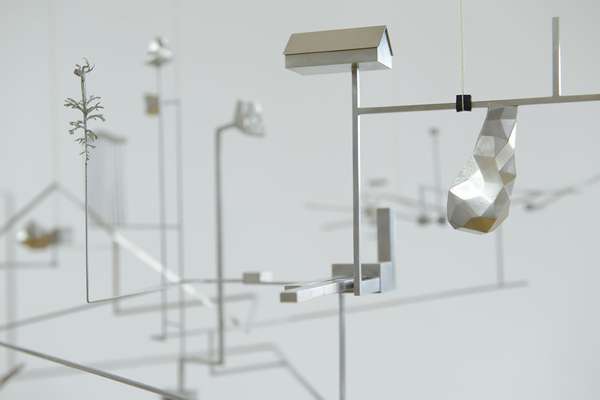
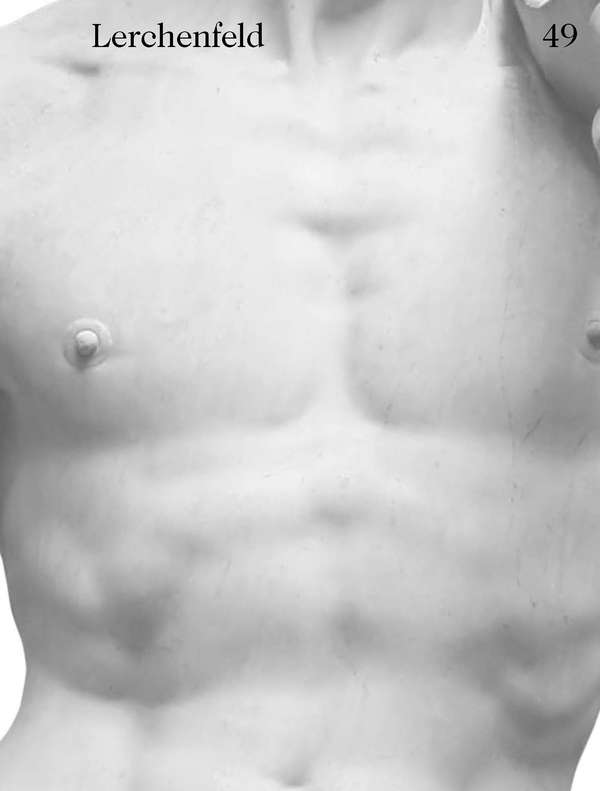
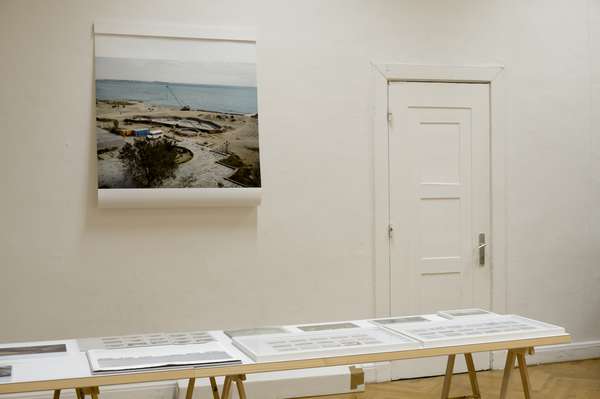
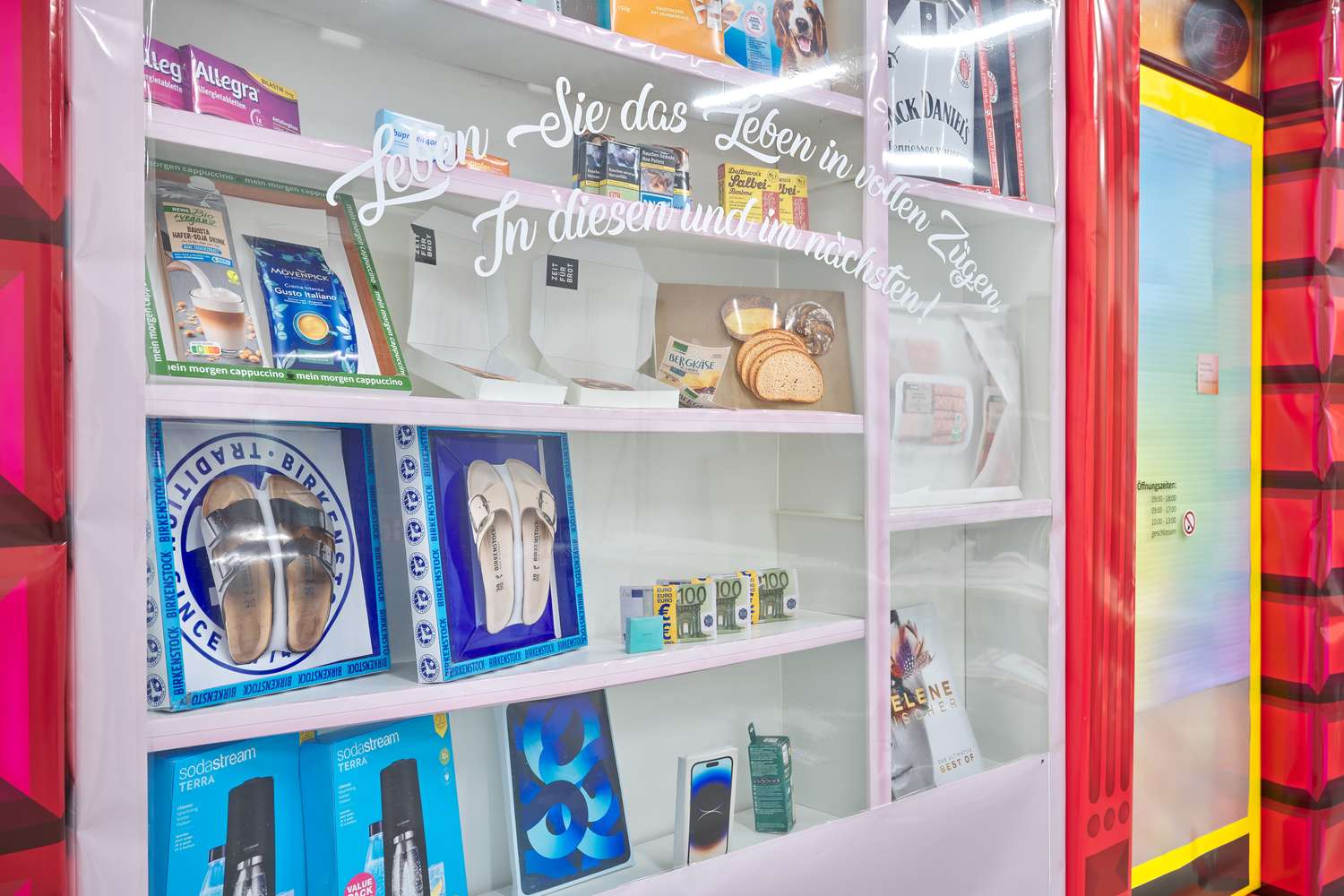
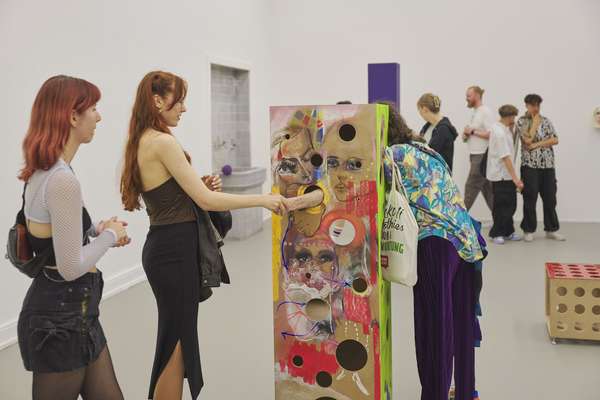
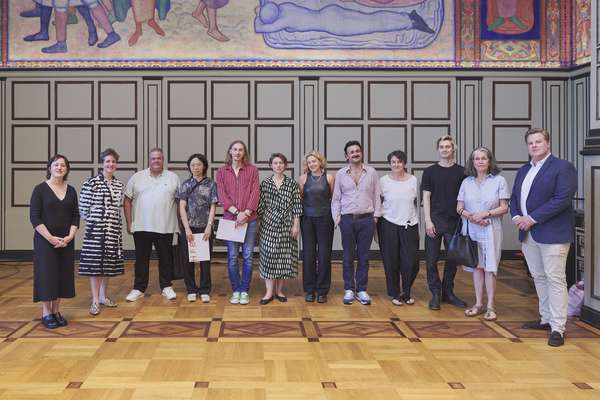


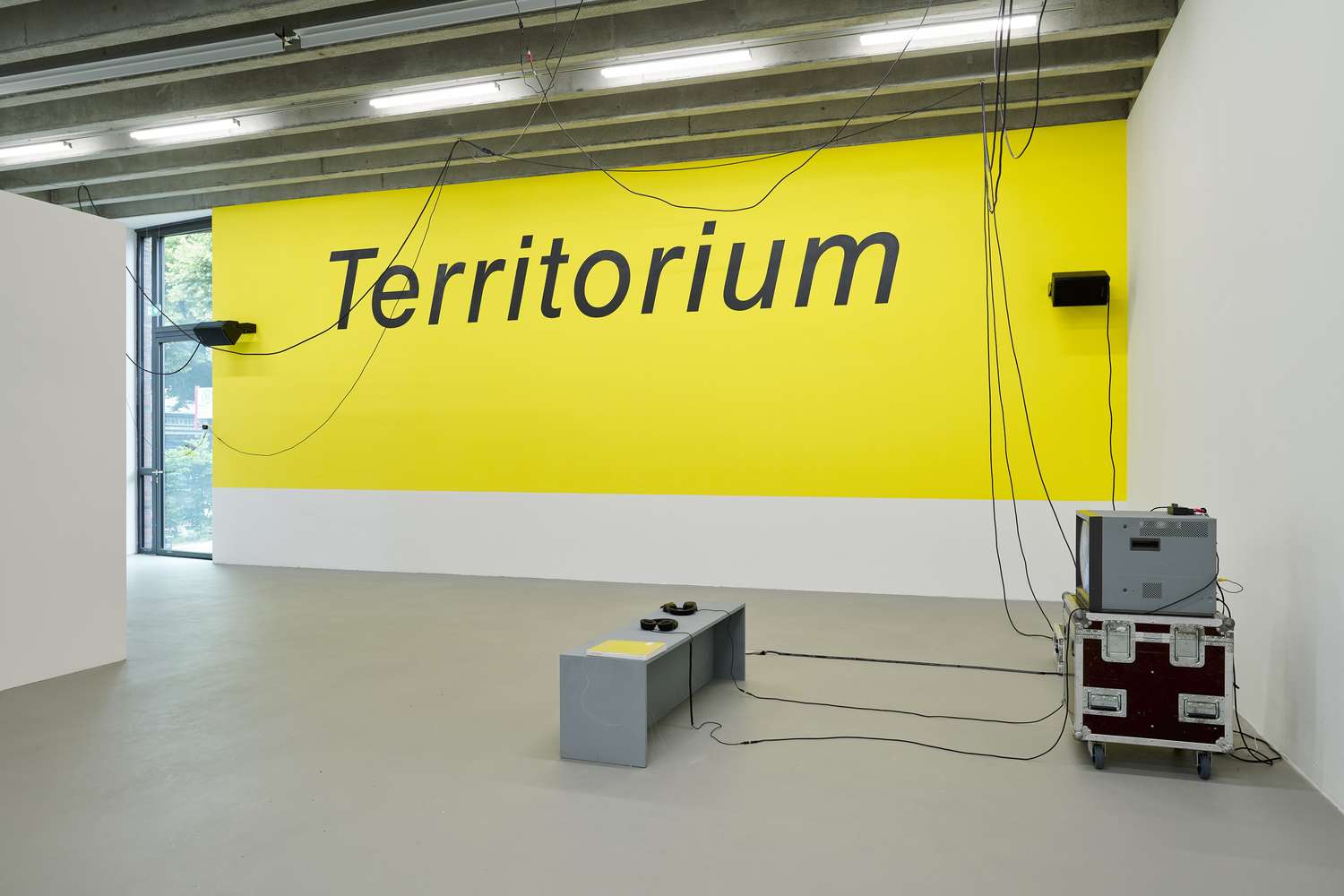

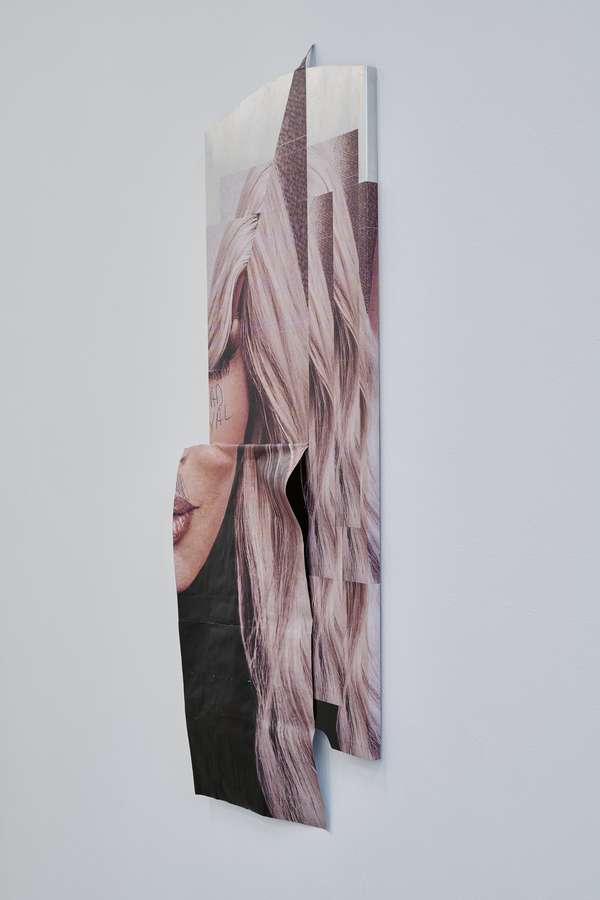



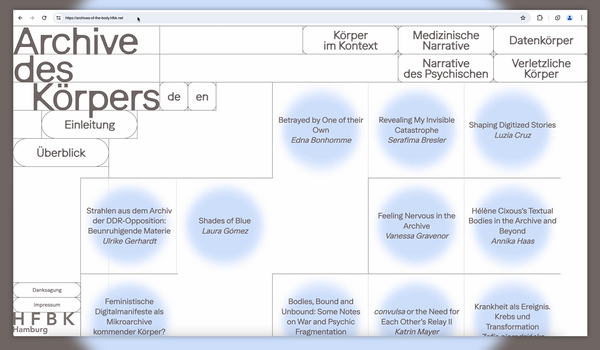






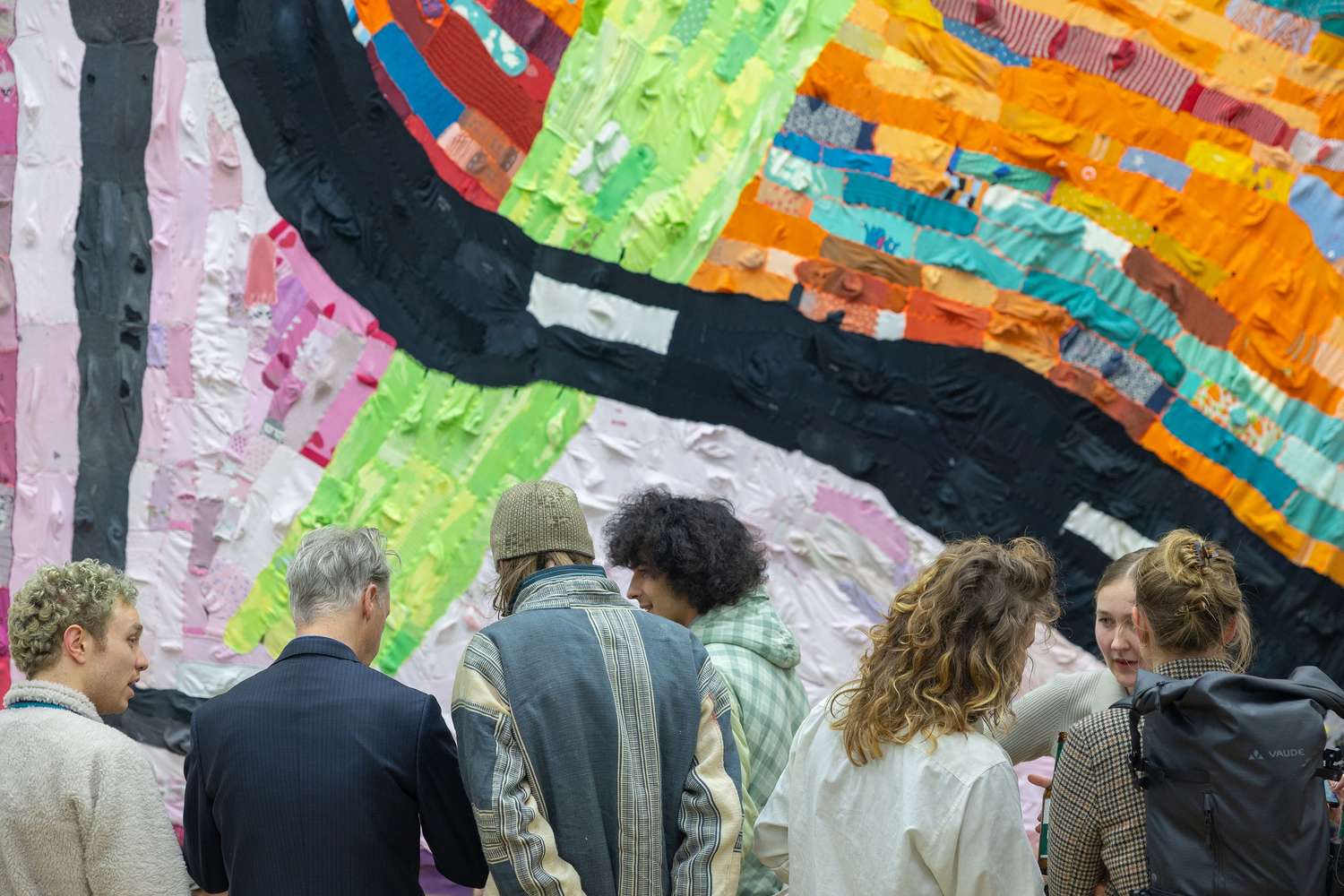








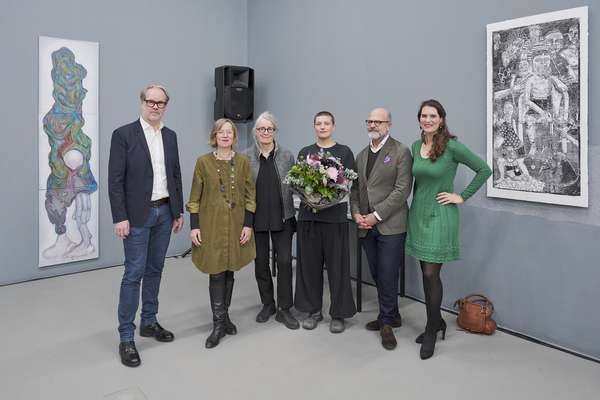


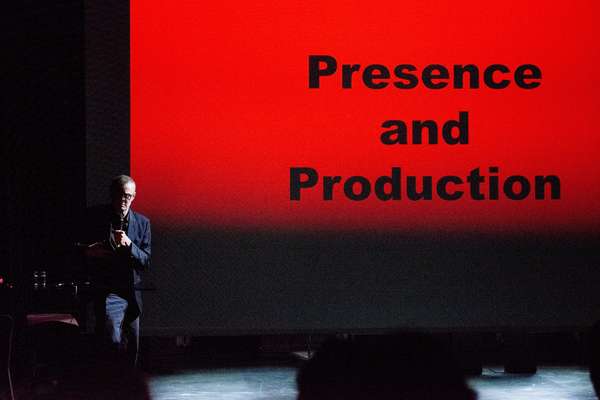



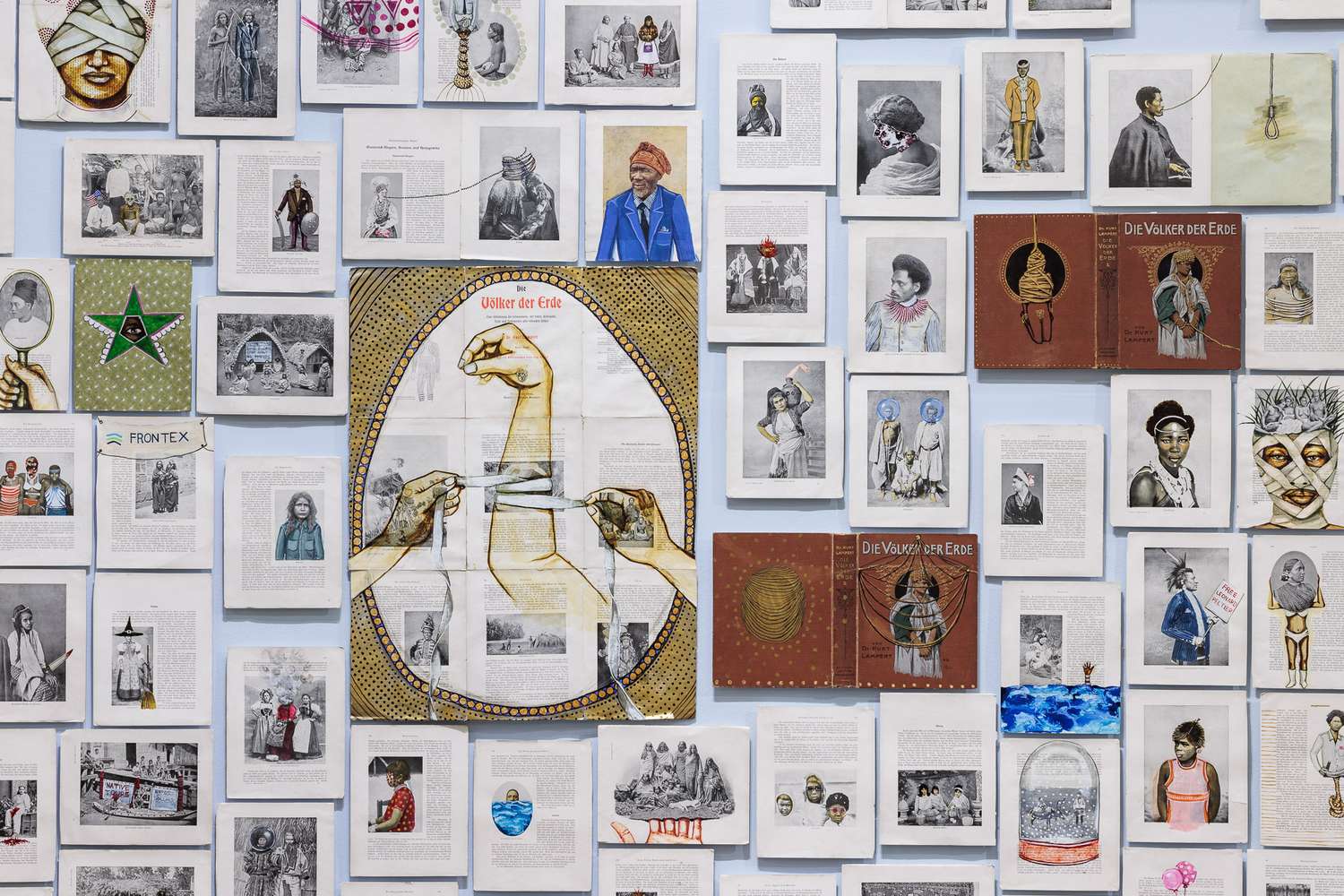









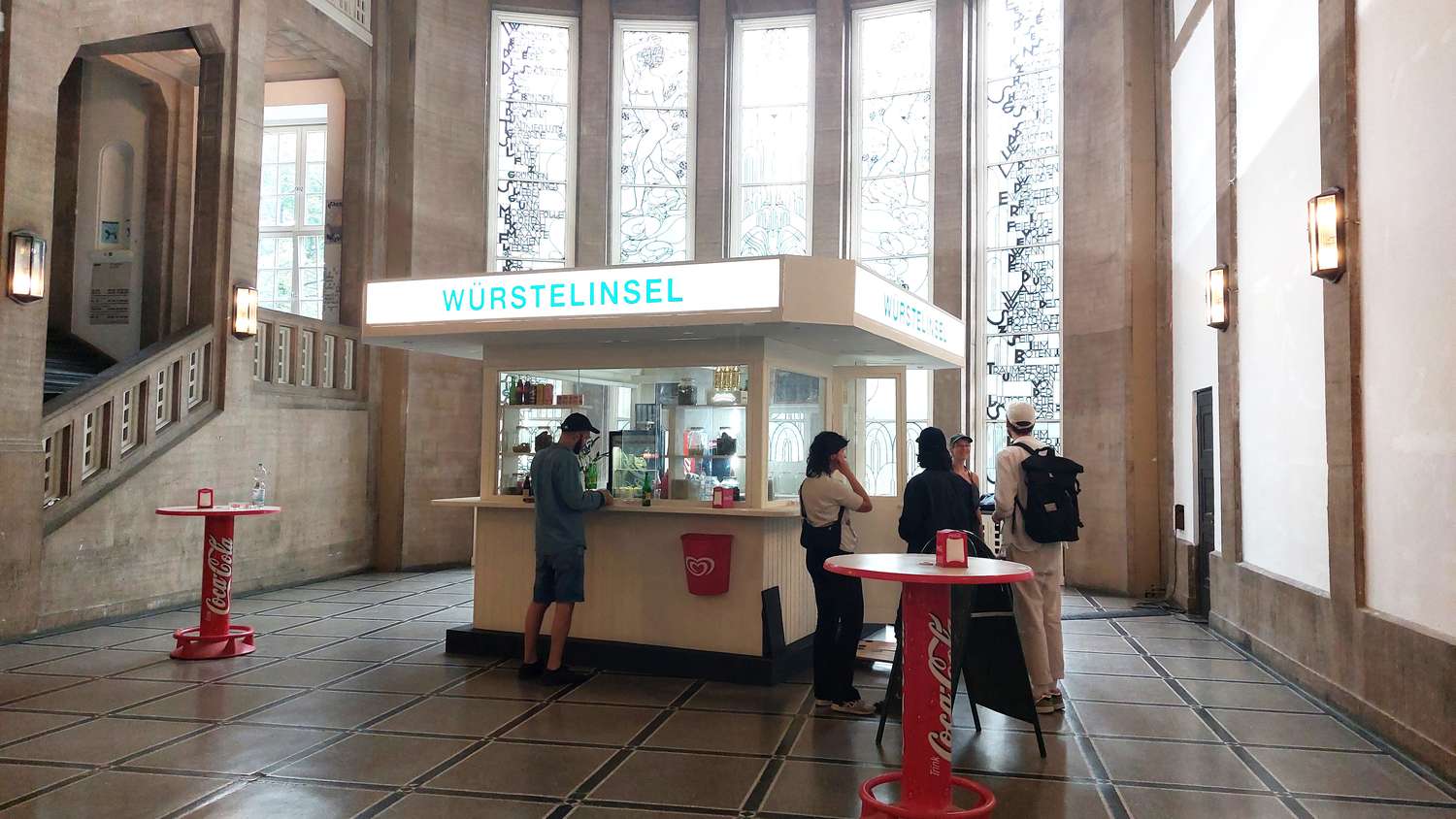










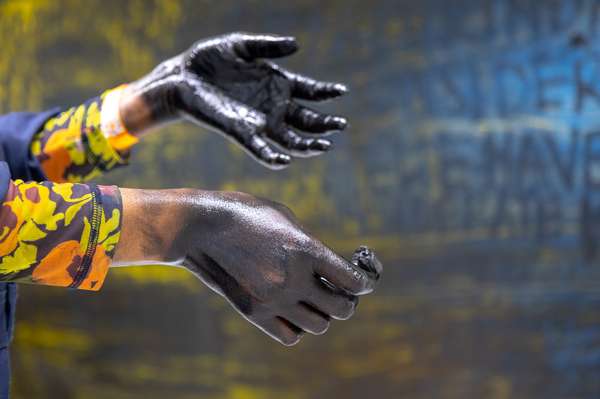




































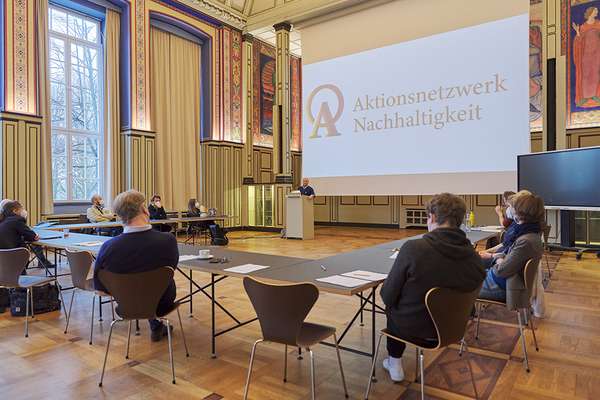






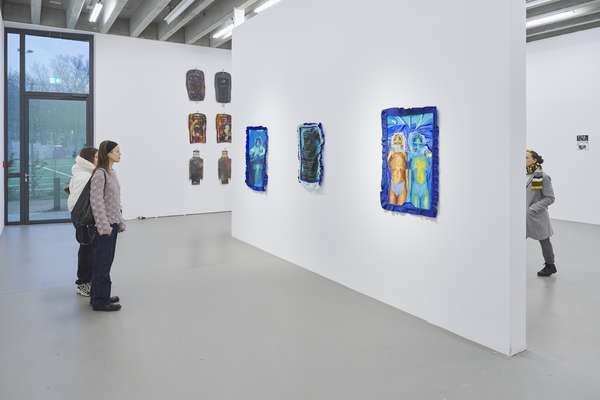








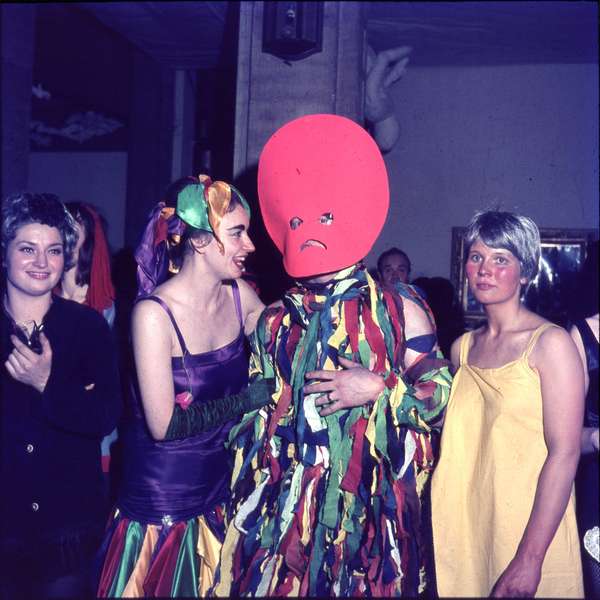

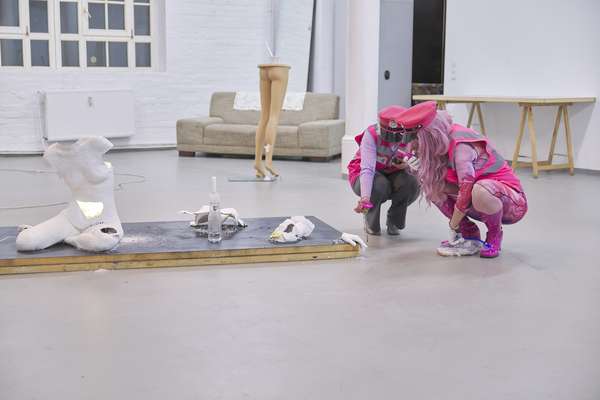







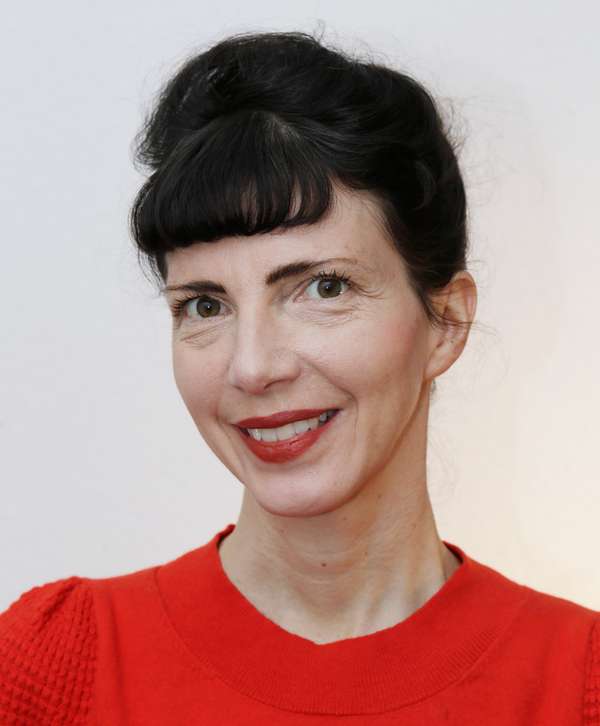
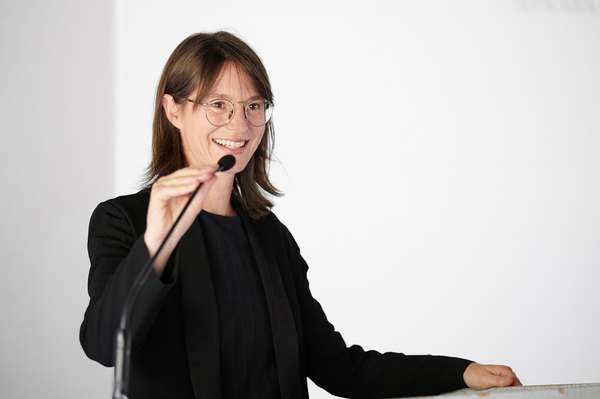




















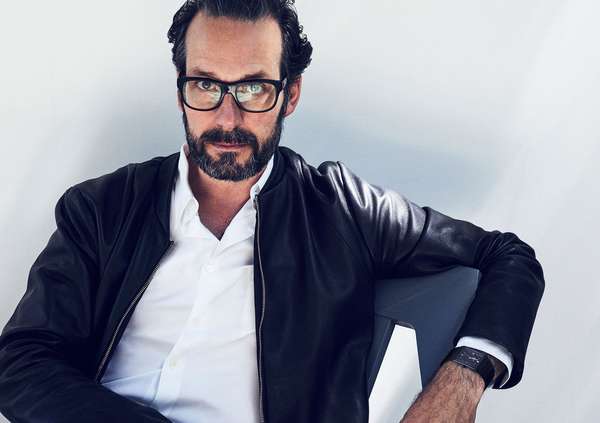







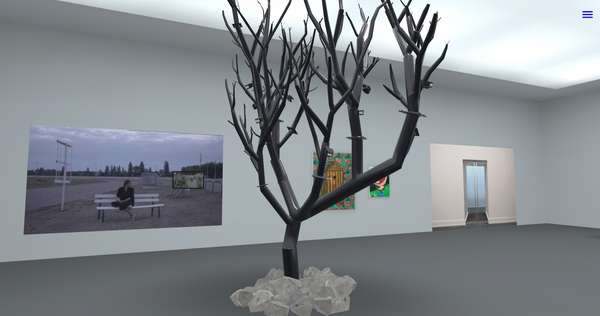
















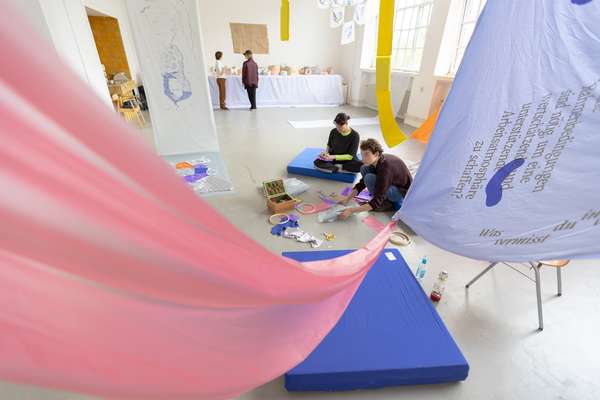

 Graduate Show 2025: Don't stop me now
Graduate Show 2025: Don't stop me now
 Long days, lots to do
Long days, lots to do
 Cine*Ami*es
Cine*Ami*es
 Redesign Democracy – competition for the ballot box of the democratic future
Redesign Democracy – competition for the ballot box of the democratic future
 Art in public space
Art in public space
 How to apply: study at HFBK Hamburg
How to apply: study at HFBK Hamburg
 Annual Exhibition 2025 at the HFBK Hamburg
Annual Exhibition 2025 at the HFBK Hamburg
 The Elephant in The Room – Sculpture today
The Elephant in The Room – Sculpture today
 Hiscox Art Prize 2024
Hiscox Art Prize 2024
 The New Woman
The New Woman
 Doing a PhD at the HFBK Hamburg
Doing a PhD at the HFBK Hamburg
 Graduate Show 2024 - Letting Go
Graduate Show 2024 - Letting Go
 Finkenwerder Art Prize 2024
Finkenwerder Art Prize 2024
 Archives of the Body - The Body in Archiving
Archives of the Body - The Body in Archiving
 New partnership with the School of Arts at the University of Haifa
New partnership with the School of Arts at the University of Haifa
 Annual Exhibition 2024 at the HFBK Hamburg
Annual Exhibition 2024 at the HFBK Hamburg
 (Ex)Changes of / in Art
(Ex)Changes of / in Art
 Extended Libraries
Extended Libraries
 And Still I Rise
And Still I Rise
 Let's talk about language
Let's talk about language
 Graduate Show 2023: Unfinished Business
Graduate Show 2023: Unfinished Business
 Let`s work together
Let`s work together
 Annual Exhibition 2023 at HFBK Hamburg
Annual Exhibition 2023 at HFBK Hamburg
 Symposium: Controversy over documenta fifteen
Symposium: Controversy over documenta fifteen
 Festival and Symposium: Non-Knowledge, Laughter and the Moving Image
Festival and Symposium: Non-Knowledge, Laughter and the Moving Image
 Solo exhibition by Konstantin Grcic
Solo exhibition by Konstantin Grcic
 Art and war
Art and war
 Graduate Show 2022: We’ve Only Just Begun
Graduate Show 2022: We’ve Only Just Begun
 June is full of art and theory
June is full of art and theory
 Finkenwerder Art Prize 2022
Finkenwerder Art Prize 2022
 Nachhaltigkeit im Kontext von Kunst und Kunsthochschule
Nachhaltigkeit im Kontext von Kunst und Kunsthochschule
 Raum für die Kunst
Raum für die Kunst
 Annual Exhibition 2022 at the HFBK
Annual Exhibition 2022 at the HFBK
 Conference: Counter-Monuments and Para-Monuments.
Conference: Counter-Monuments and Para-Monuments.
 Diversity
Diversity
 Live und in Farbe: die ASA Open Studios im Juni 2021
Live und in Farbe: die ASA Open Studios im Juni 2021
 Unlearning: Wartenau Assemblies
Unlearning: Wartenau Assemblies
 School of No Consequences
School of No Consequences
 Annual Exhibition 2021 at the HFBK
Annual Exhibition 2021 at the HFBK
 Semestereröffnung und Hiscox-Preisverleihung 2020
Semestereröffnung und Hiscox-Preisverleihung 2020
 Teaching Art Online at the HFBK
Teaching Art Online at the HFBK
 HFBK Graduate Survey
HFBK Graduate Survey
 How political is Social Design?
How political is Social Design?